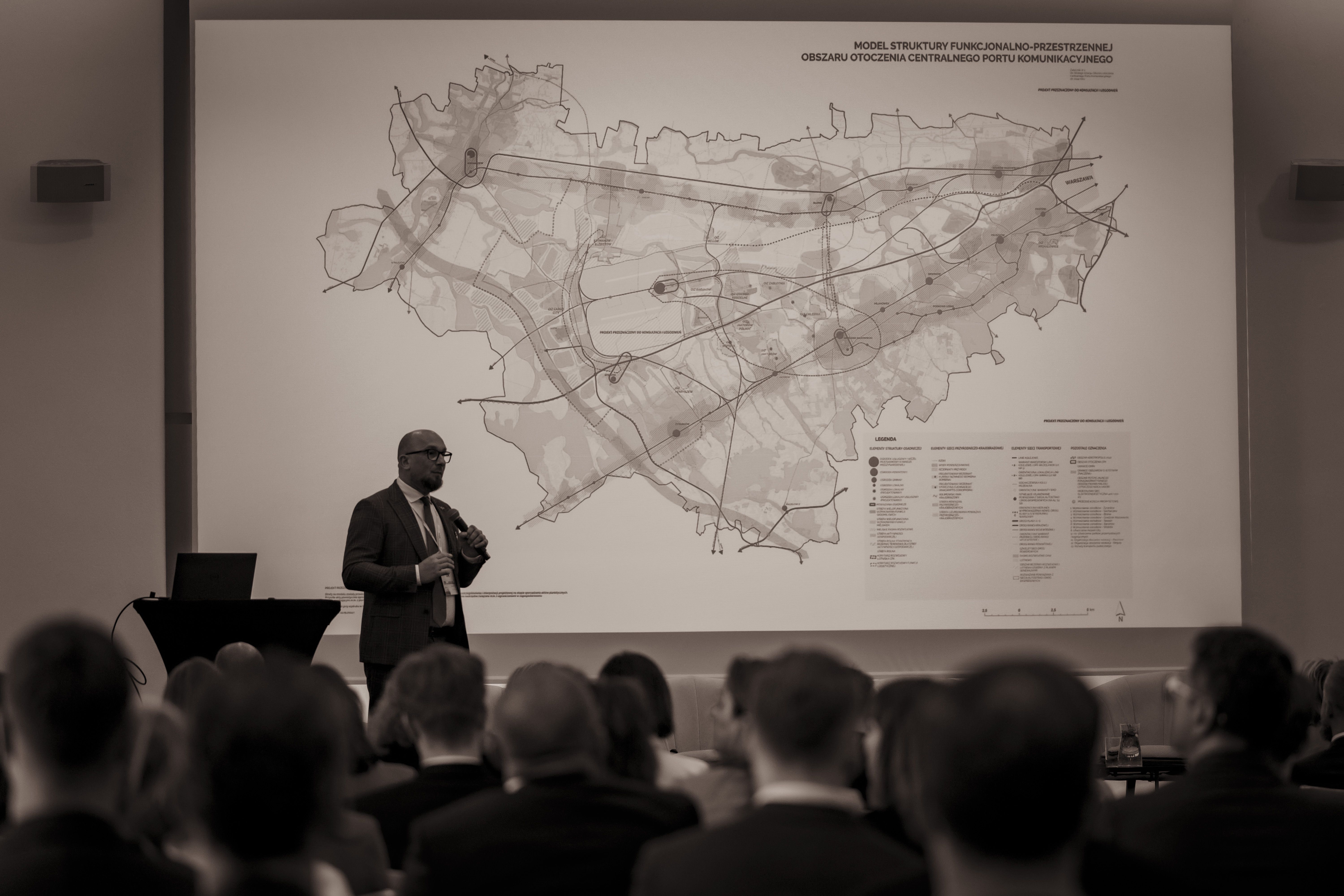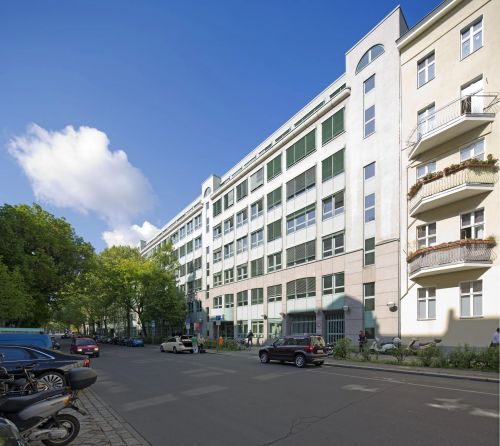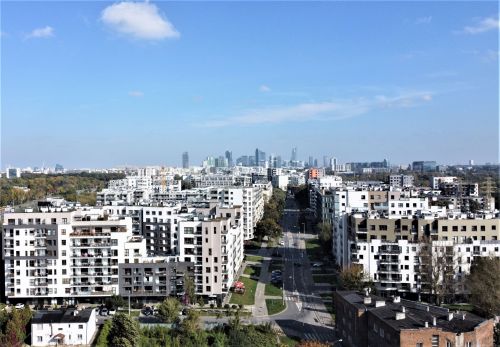The 4th Invested Interest Investment Market Conference
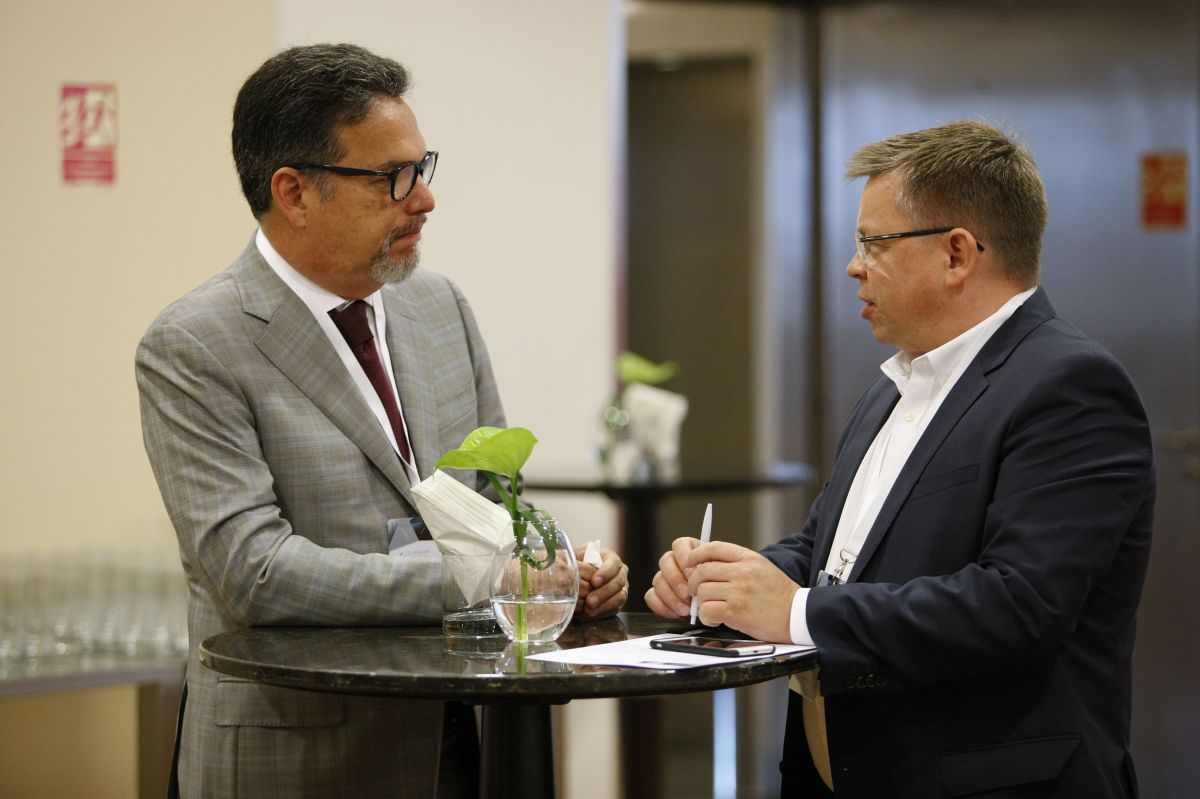

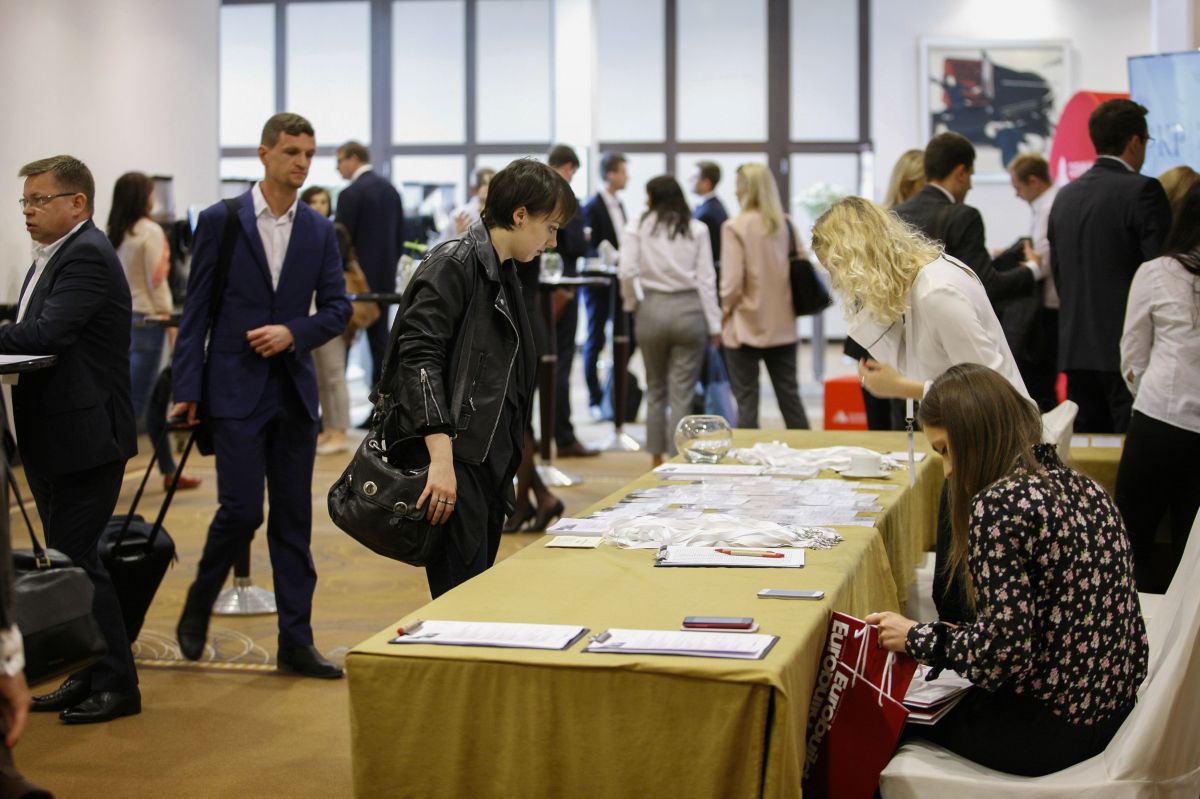

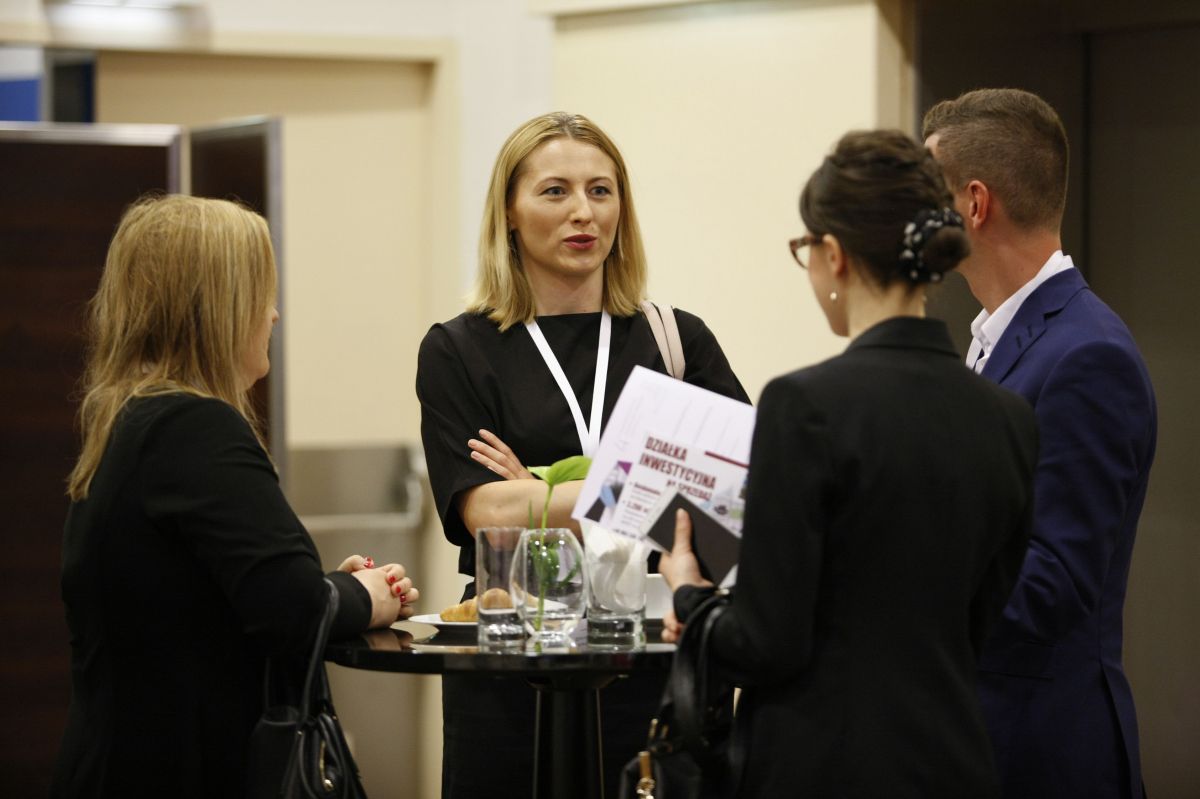



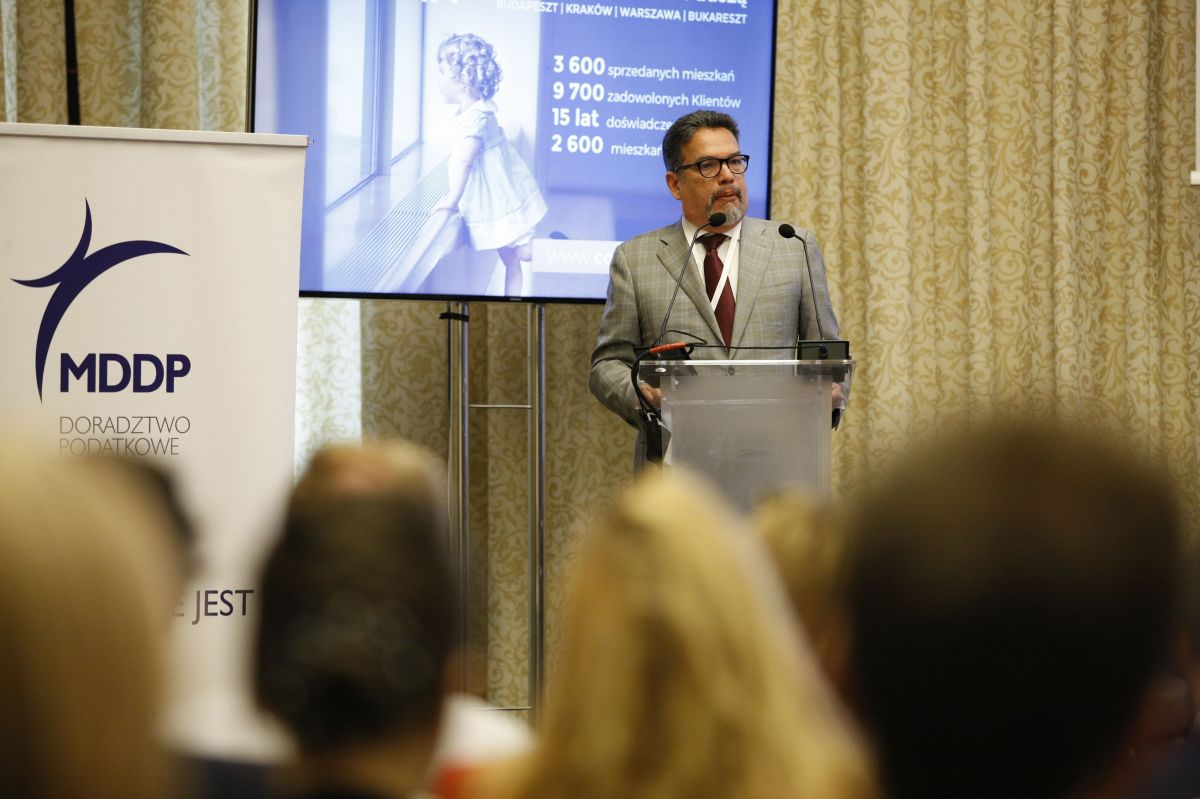

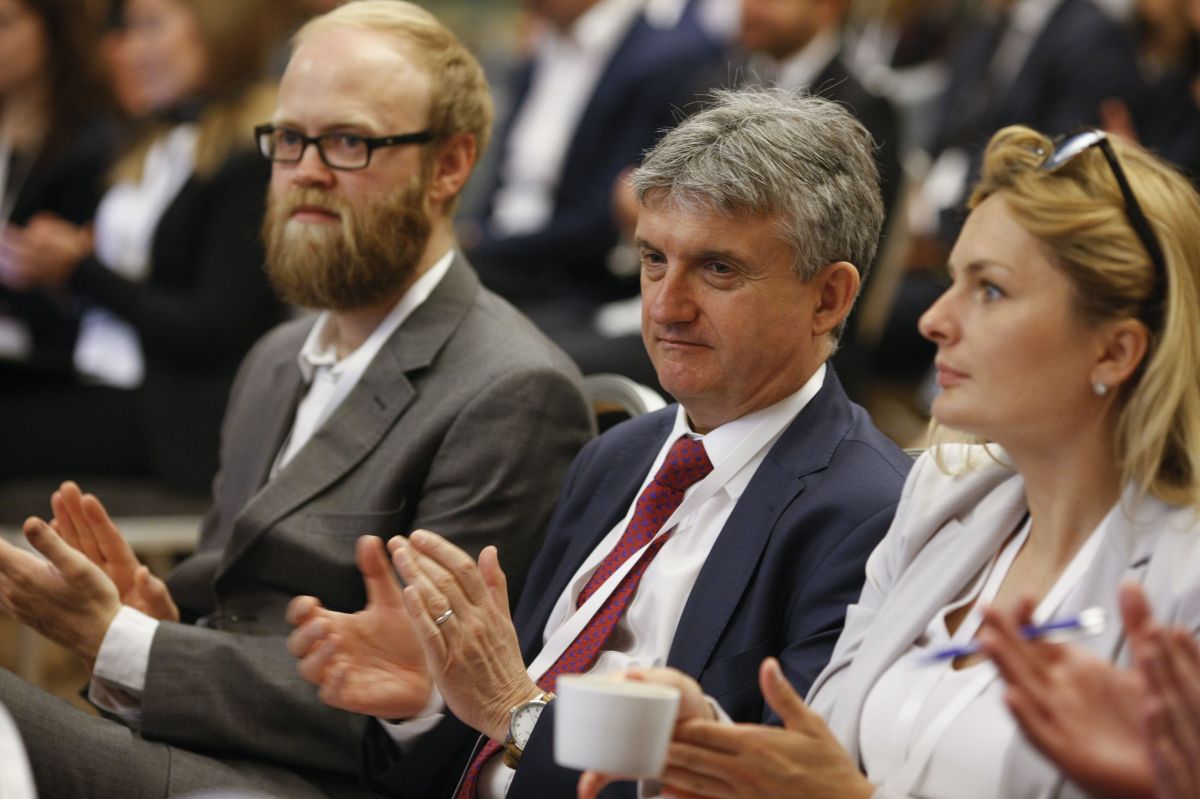

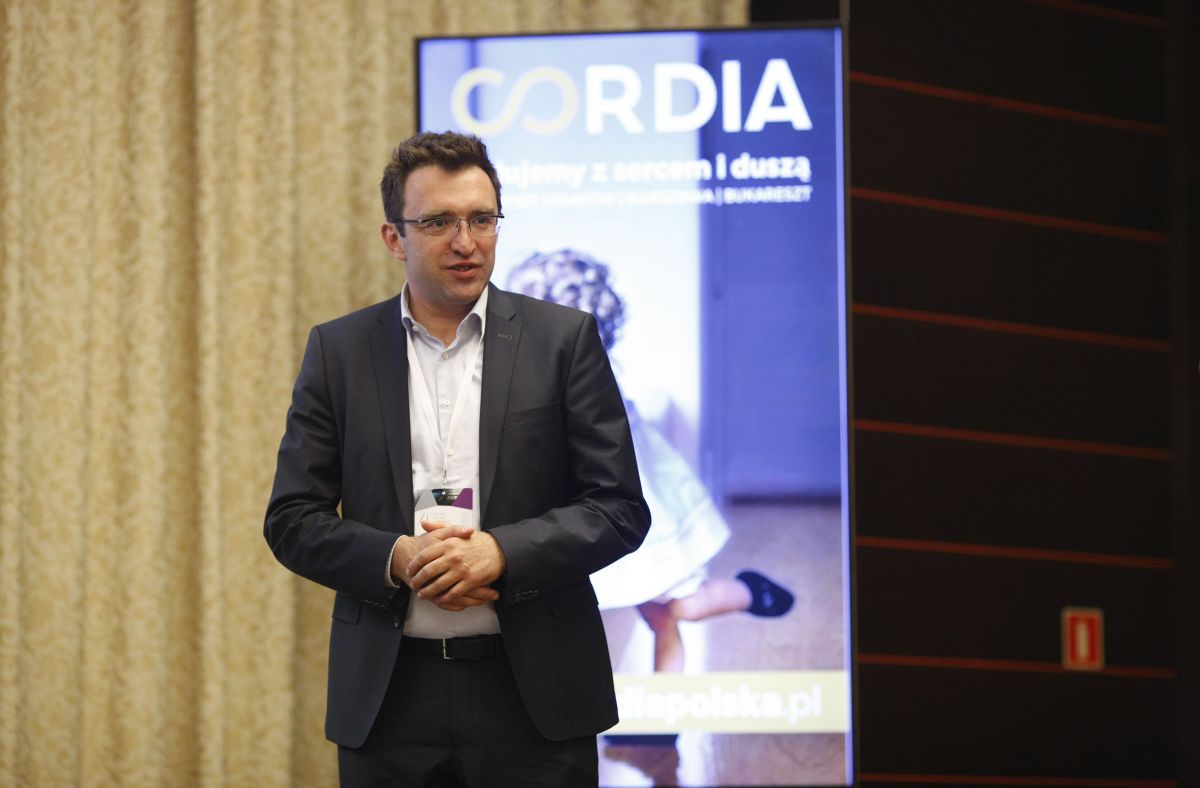
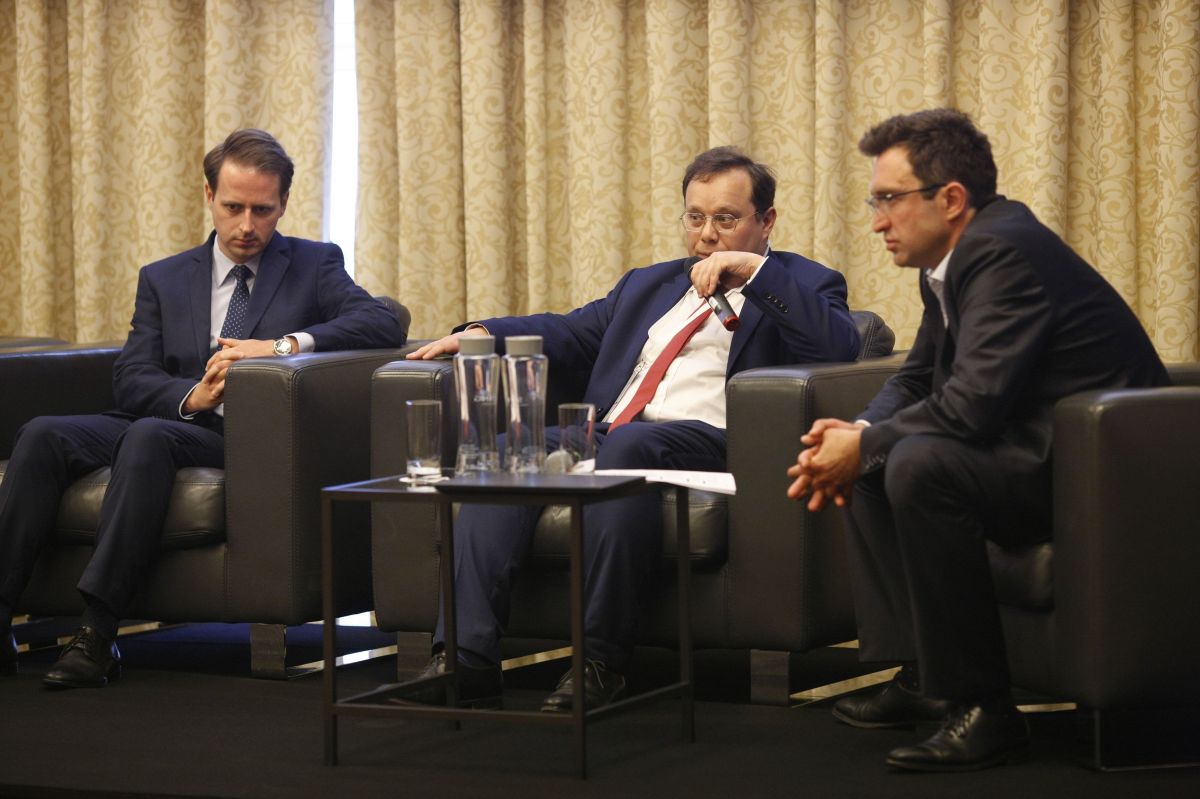

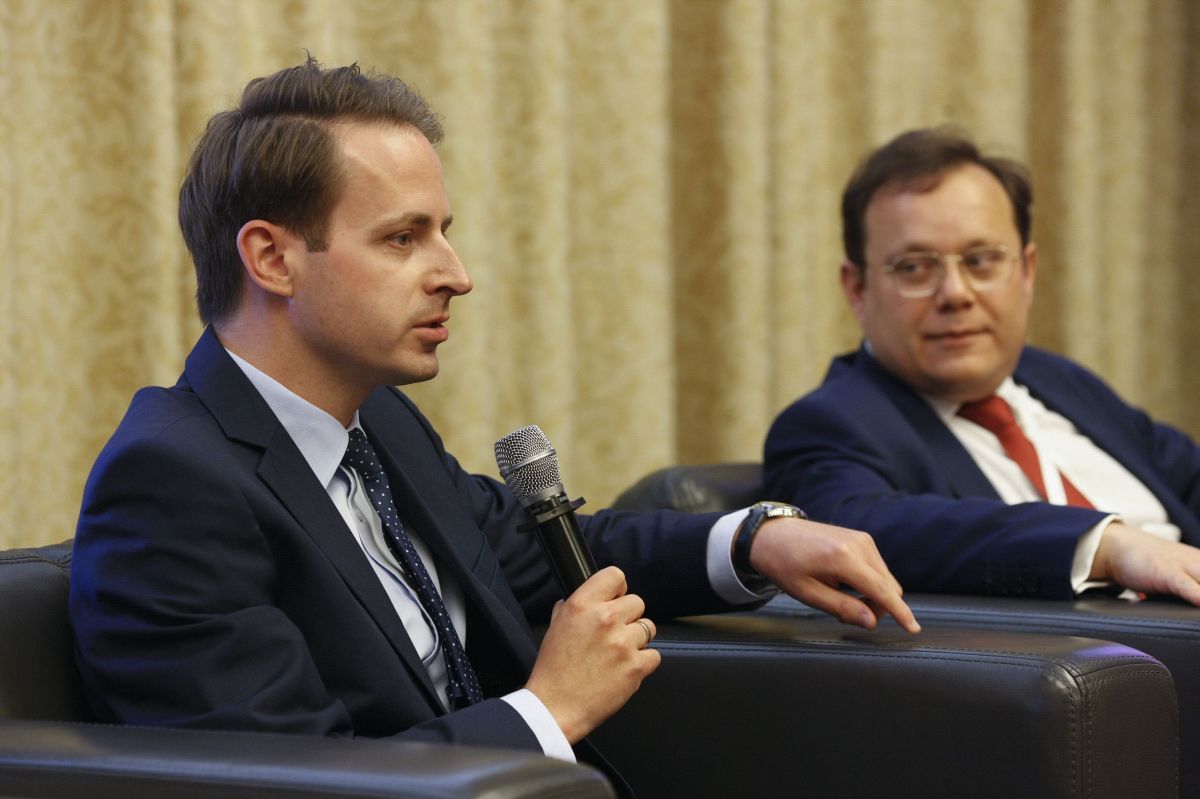

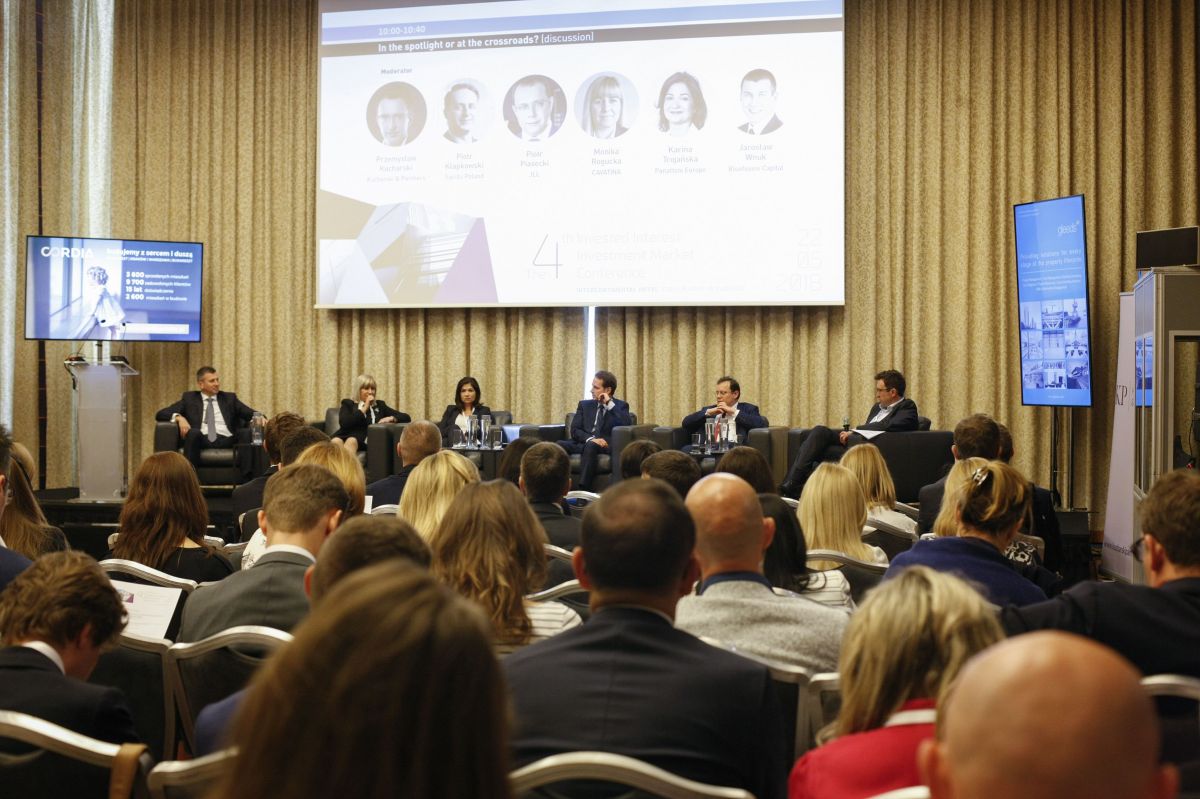

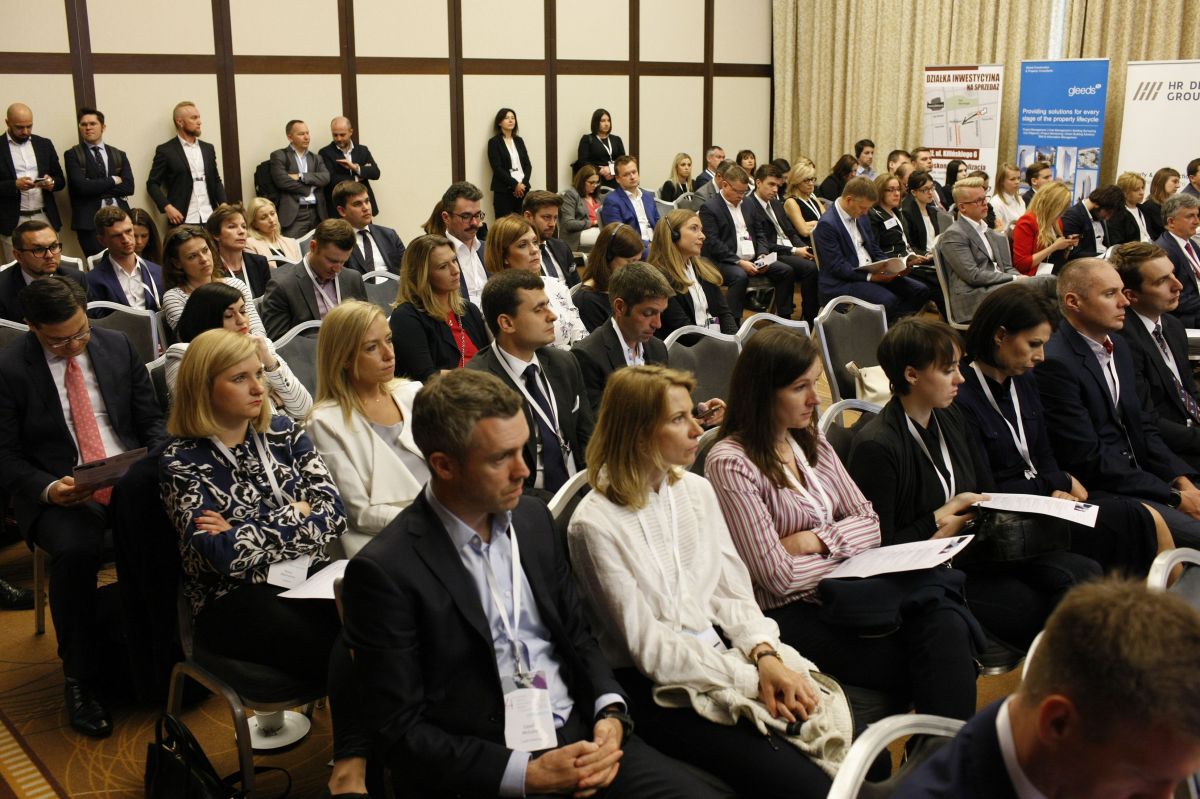

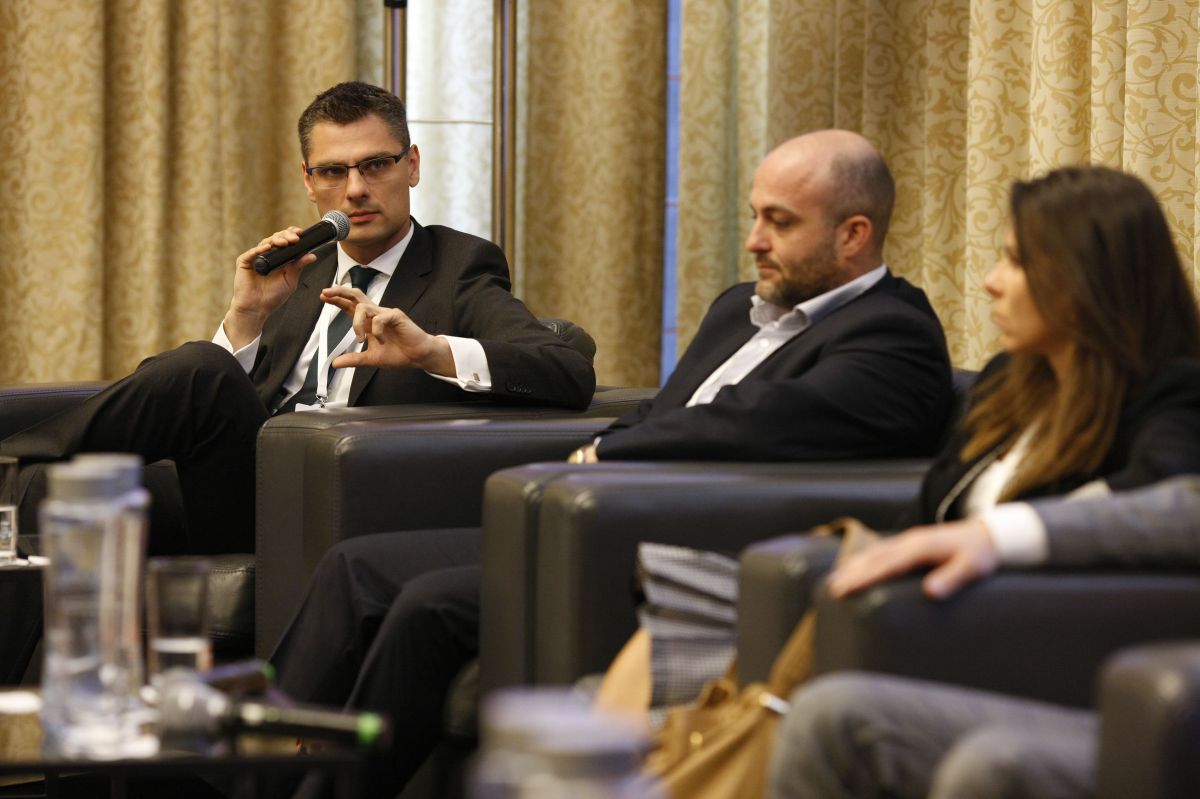
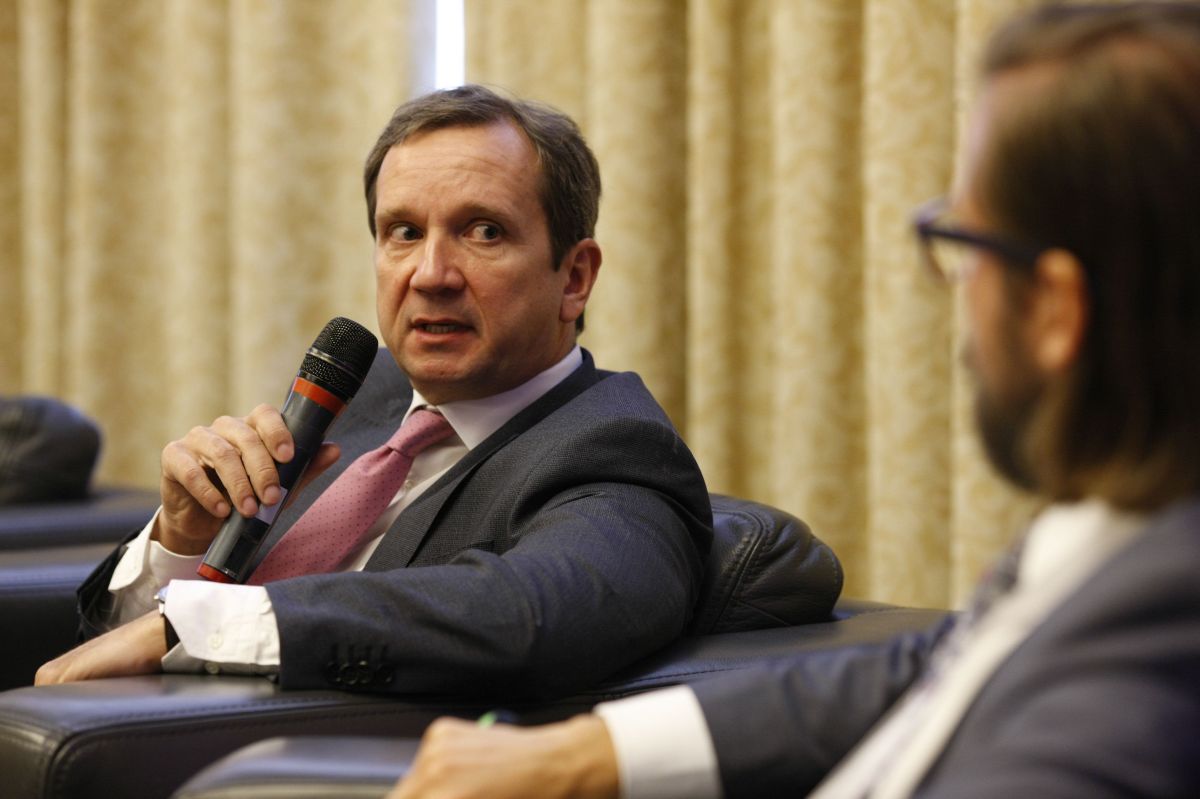

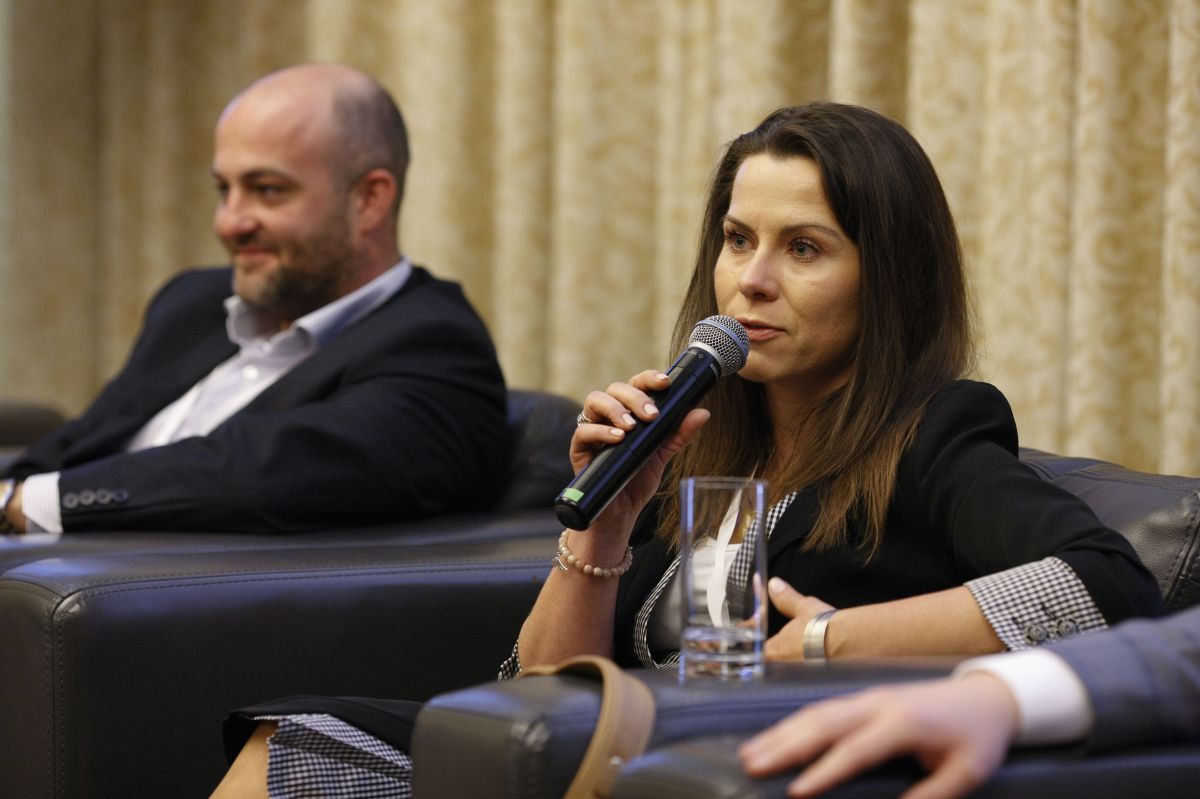

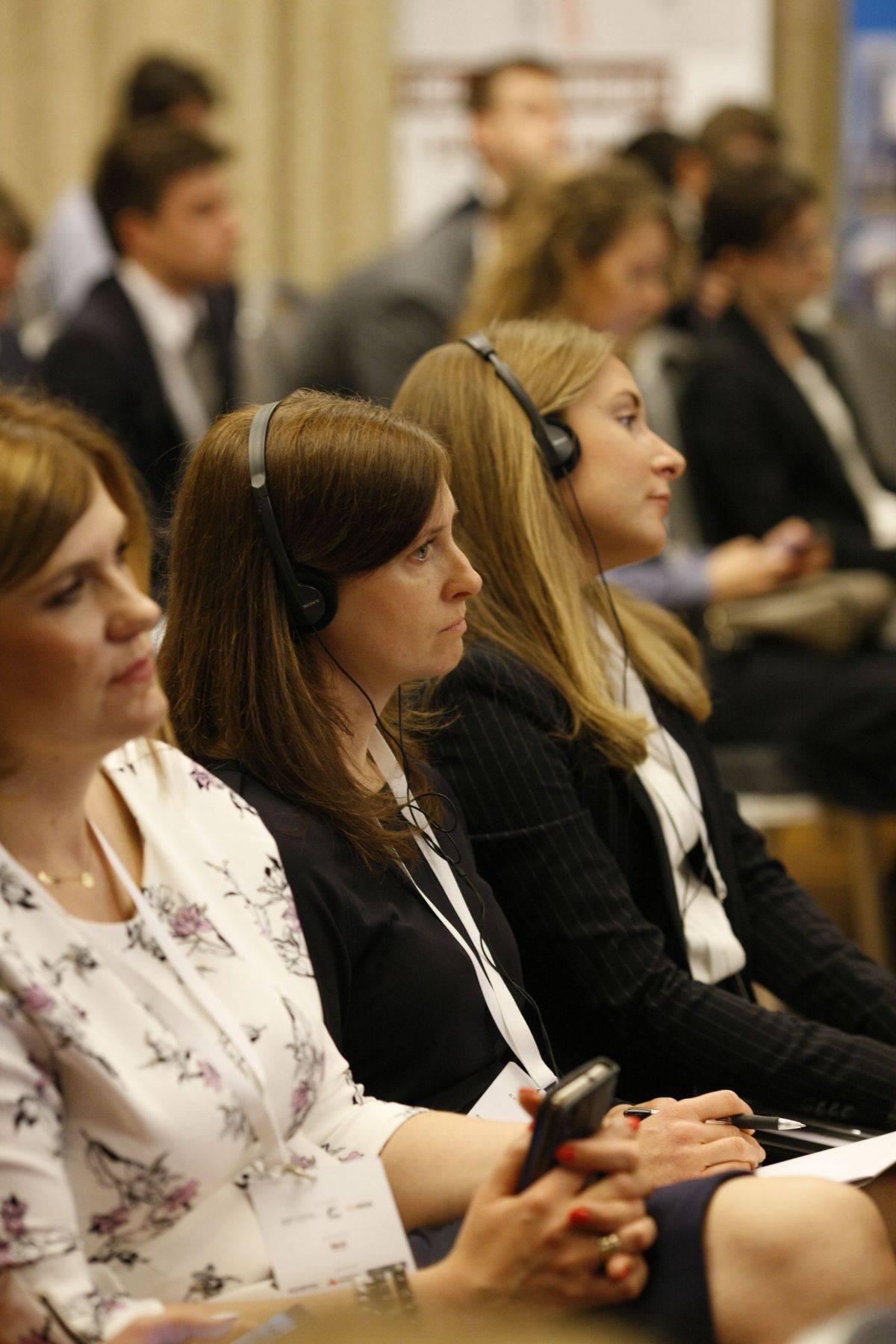



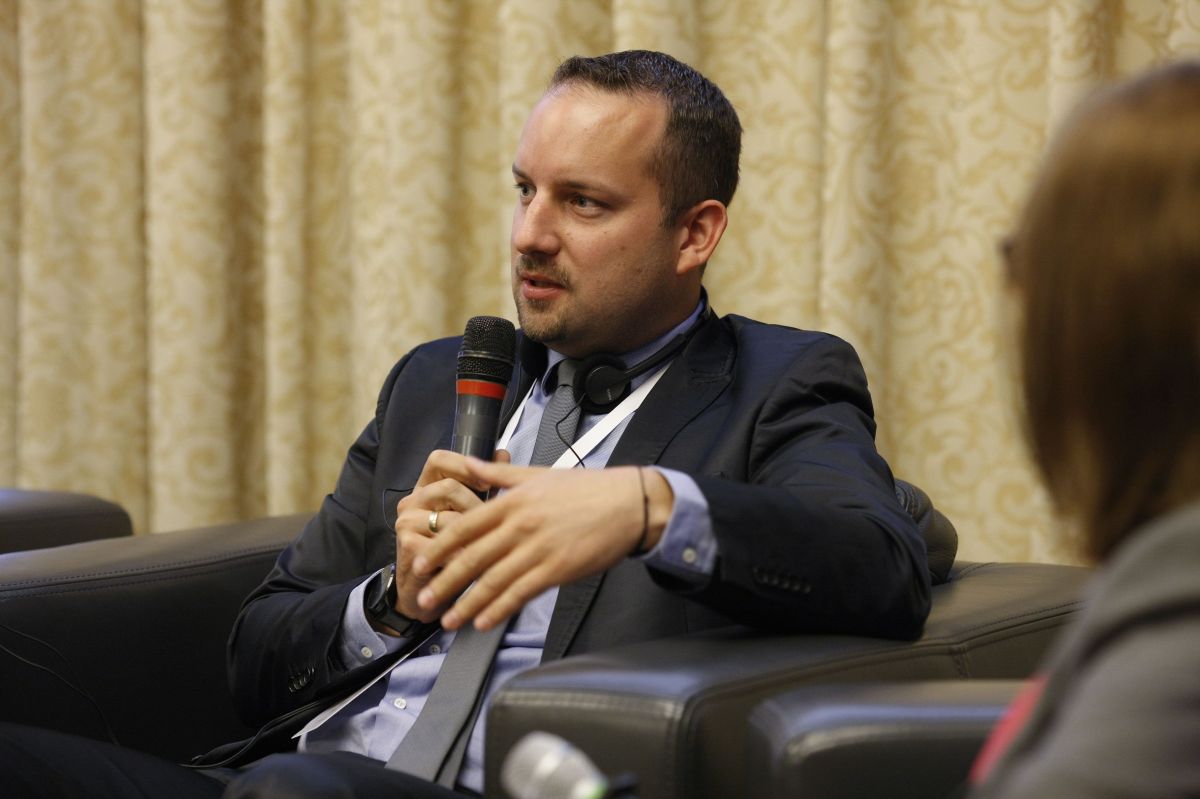
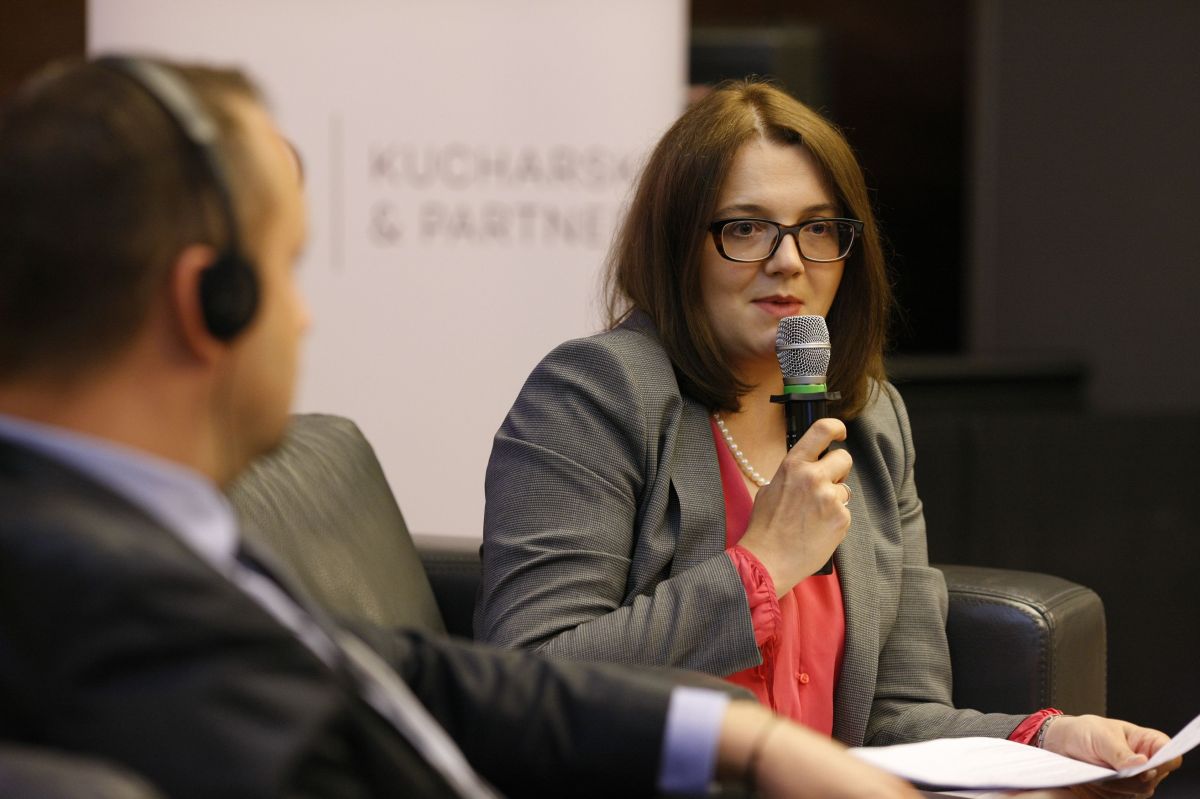
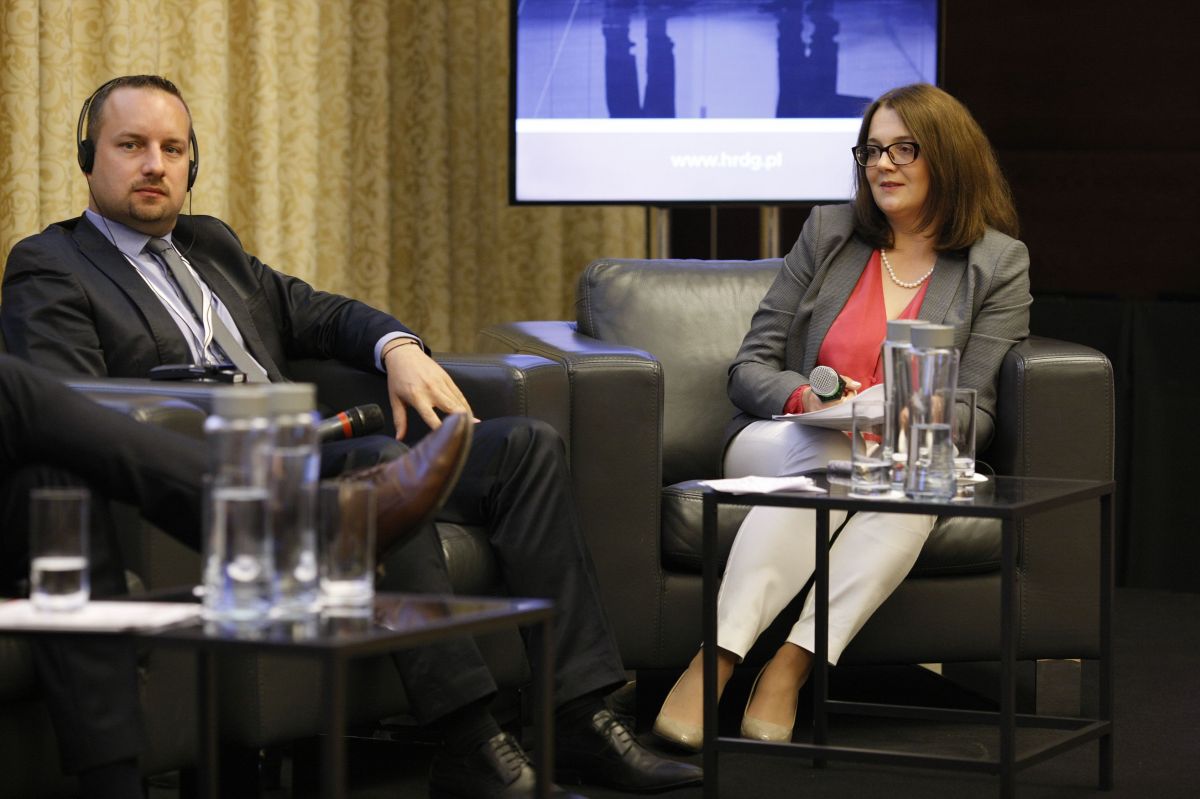
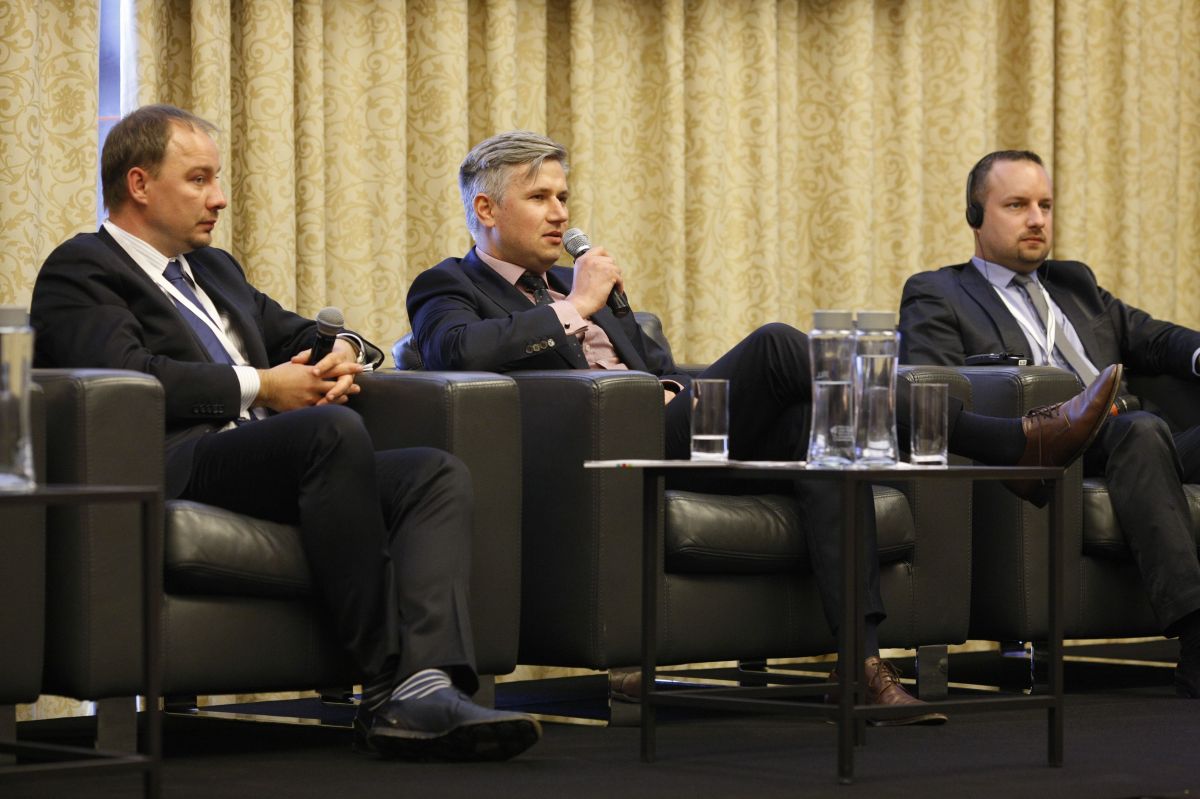
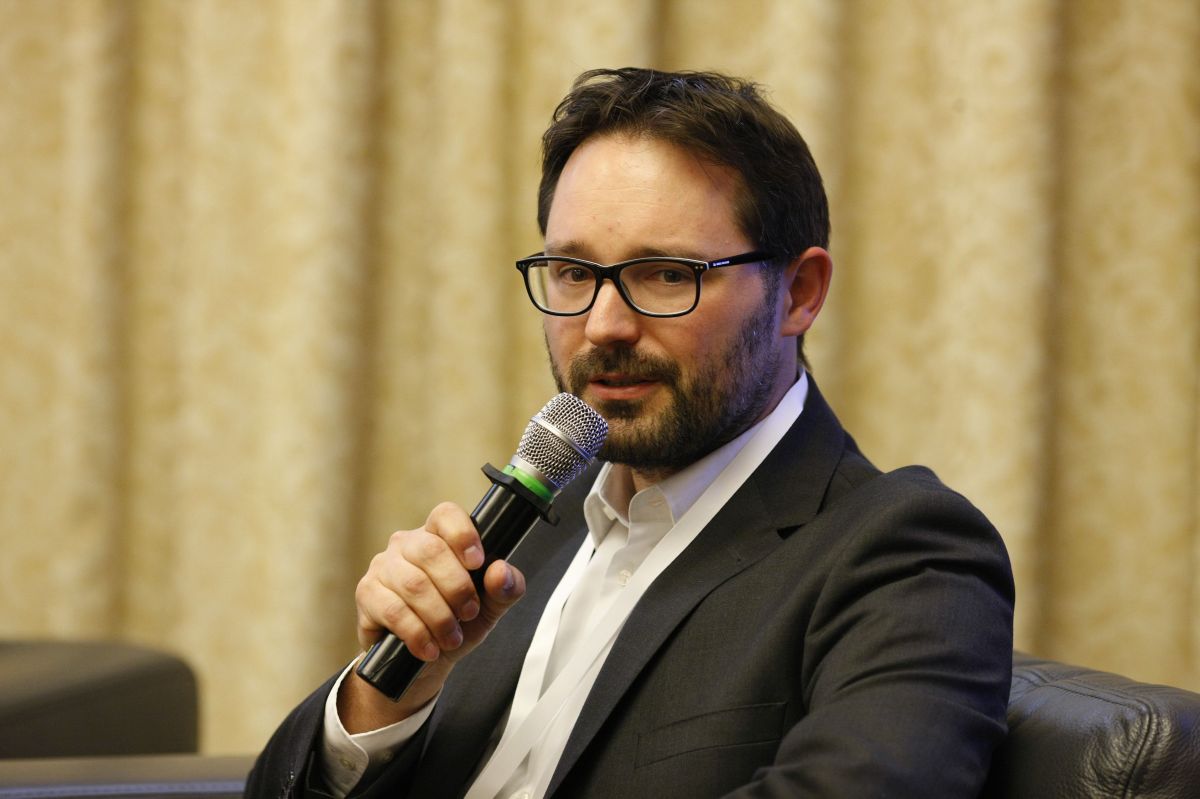
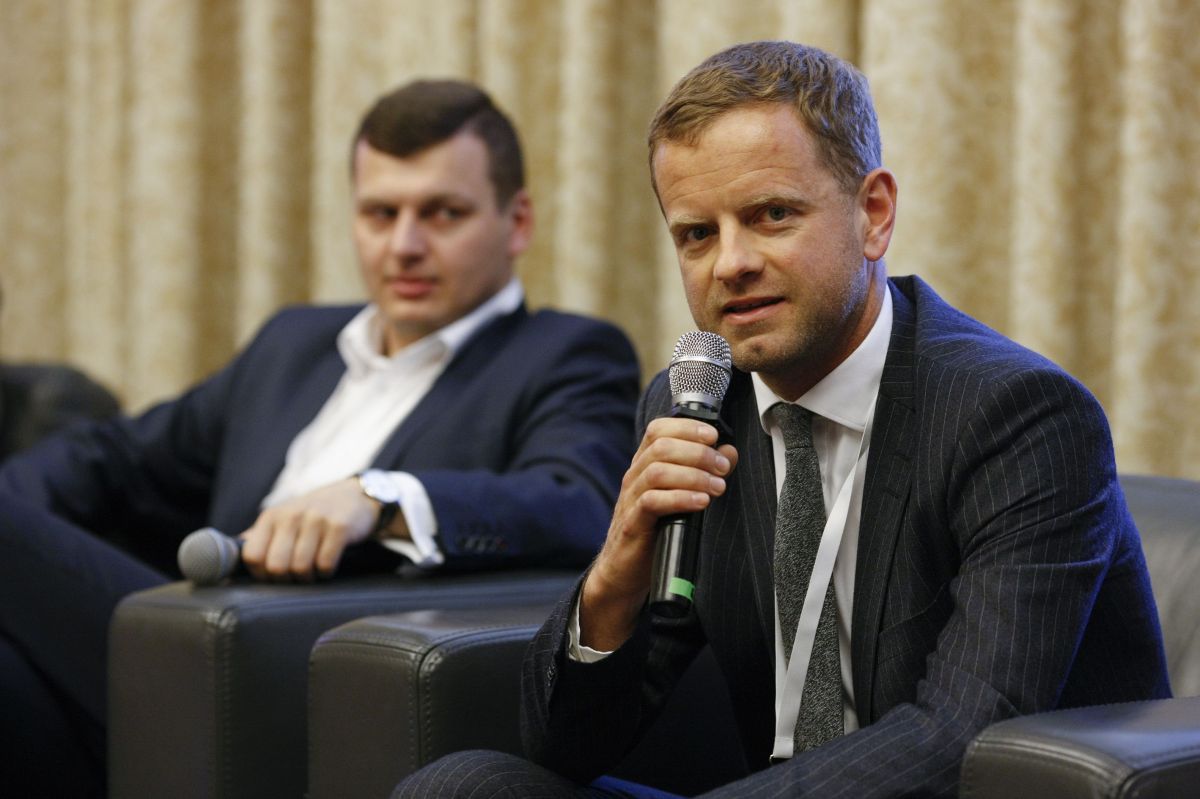
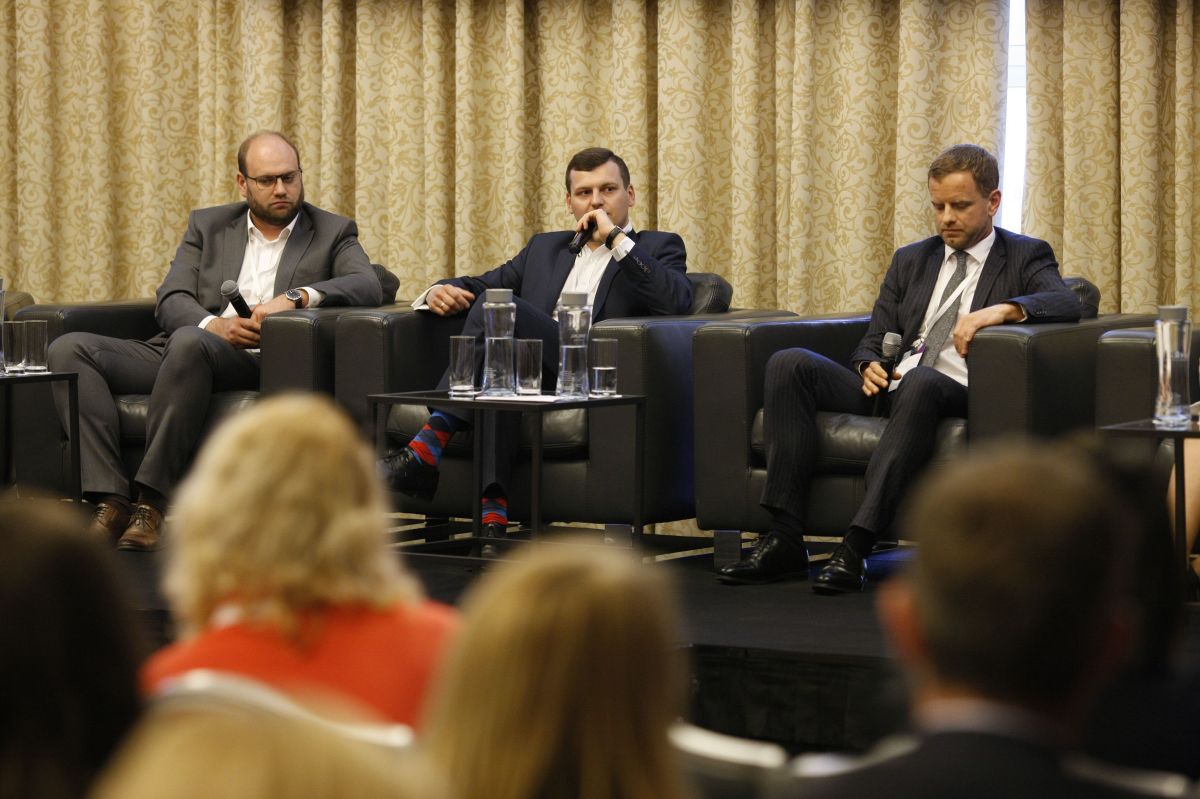





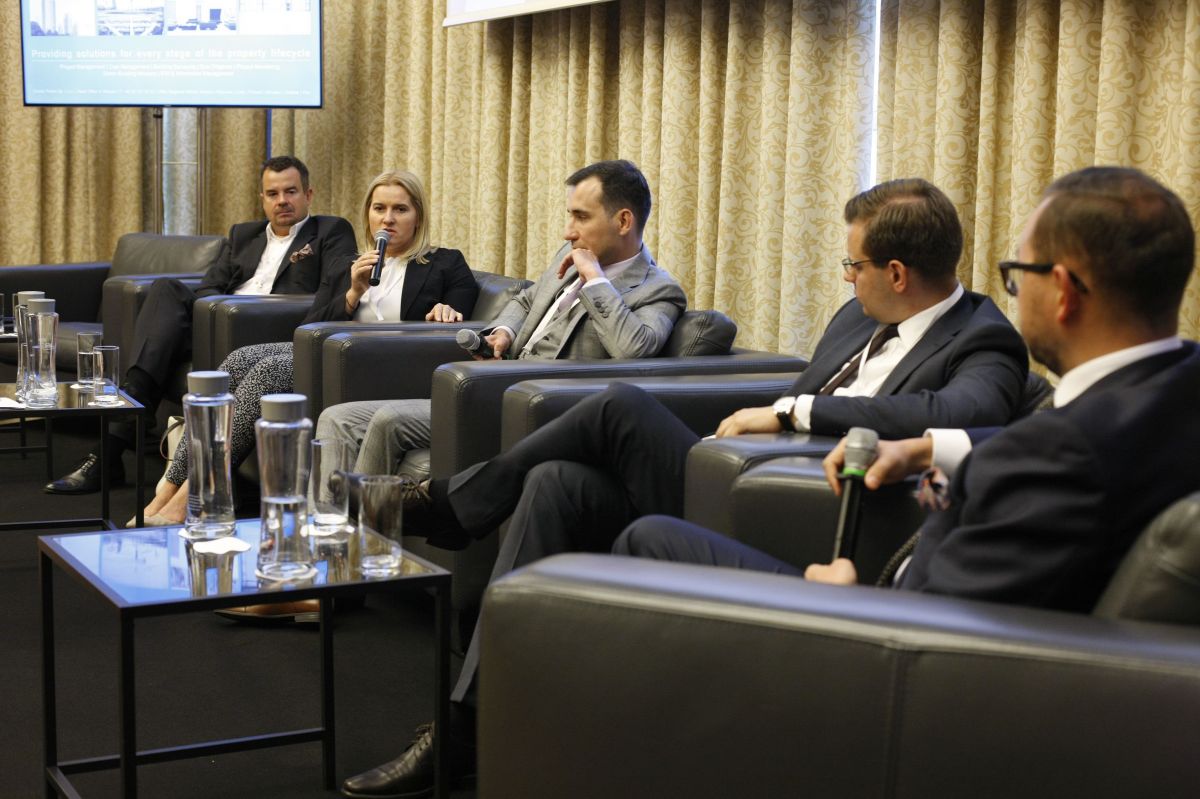
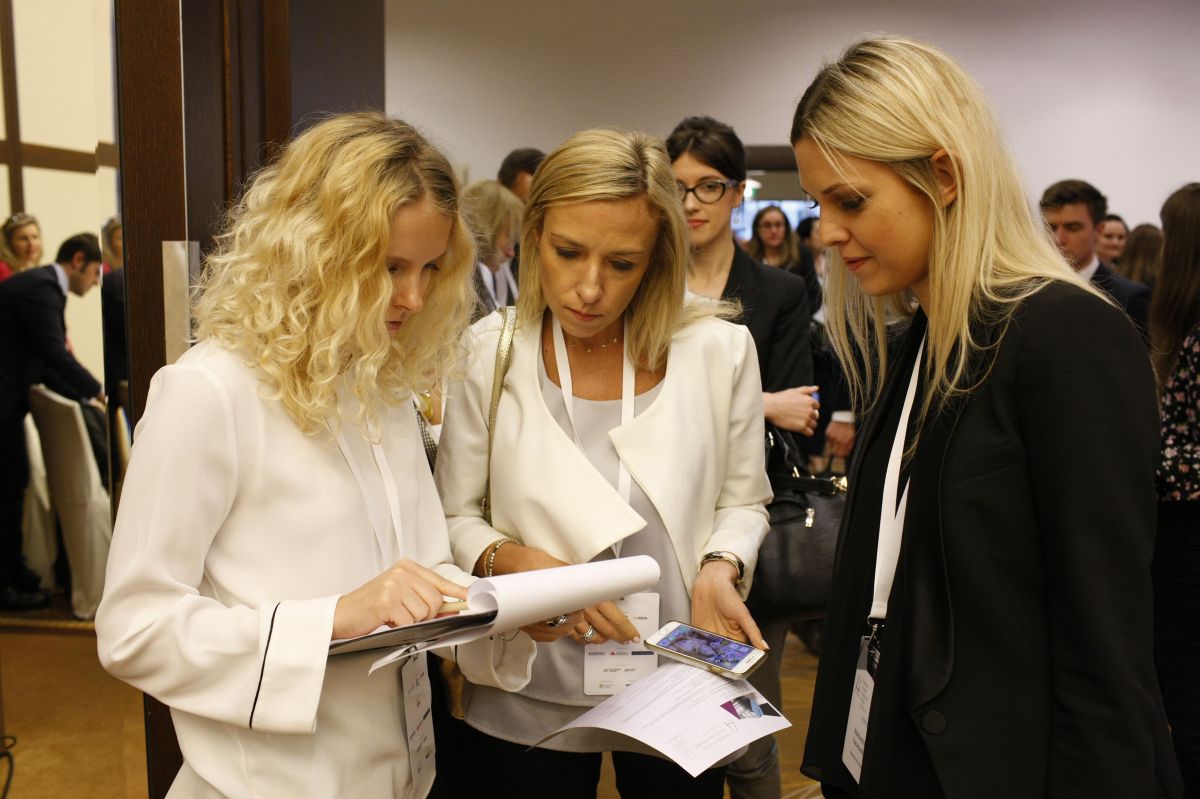

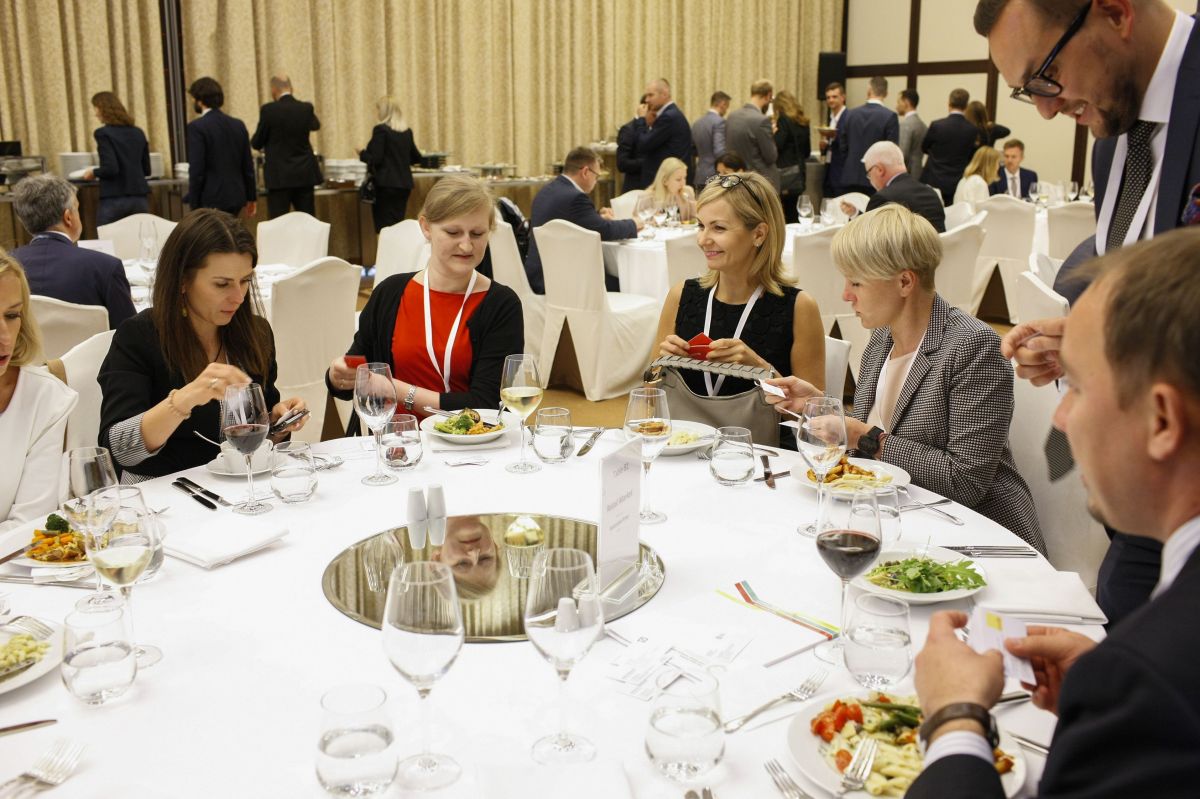


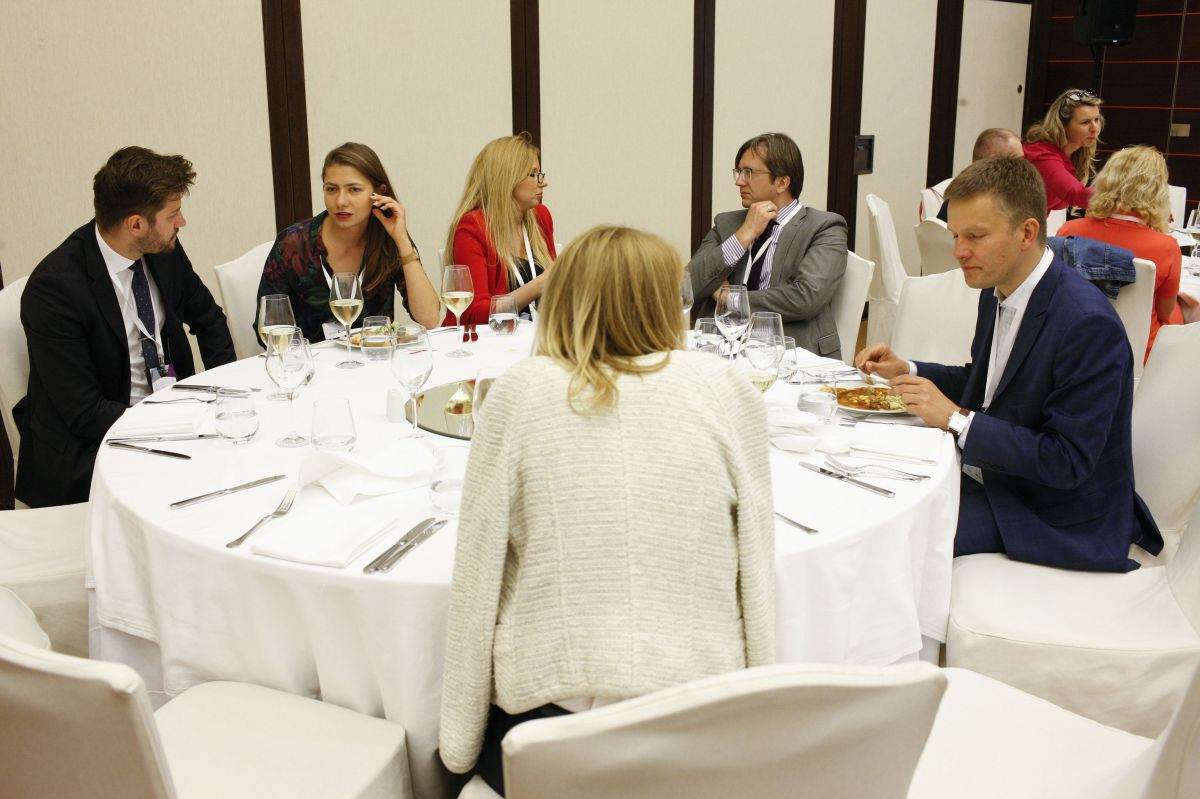






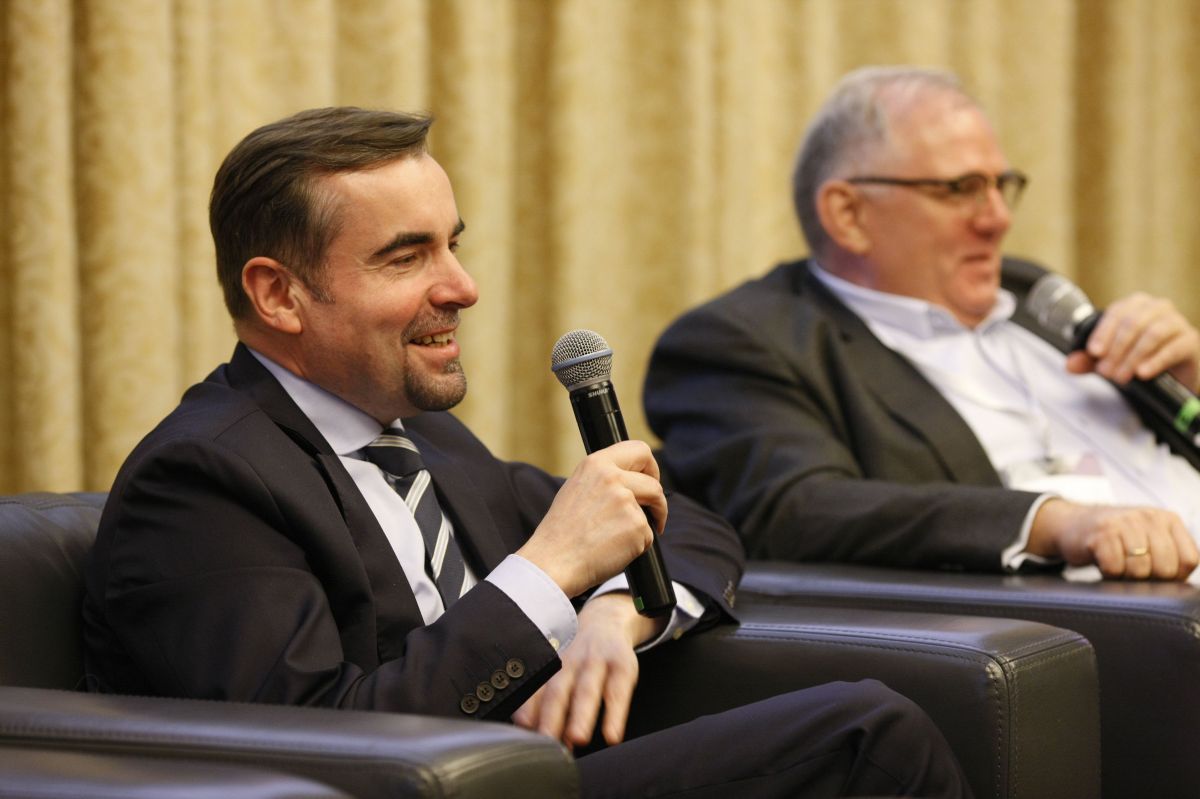


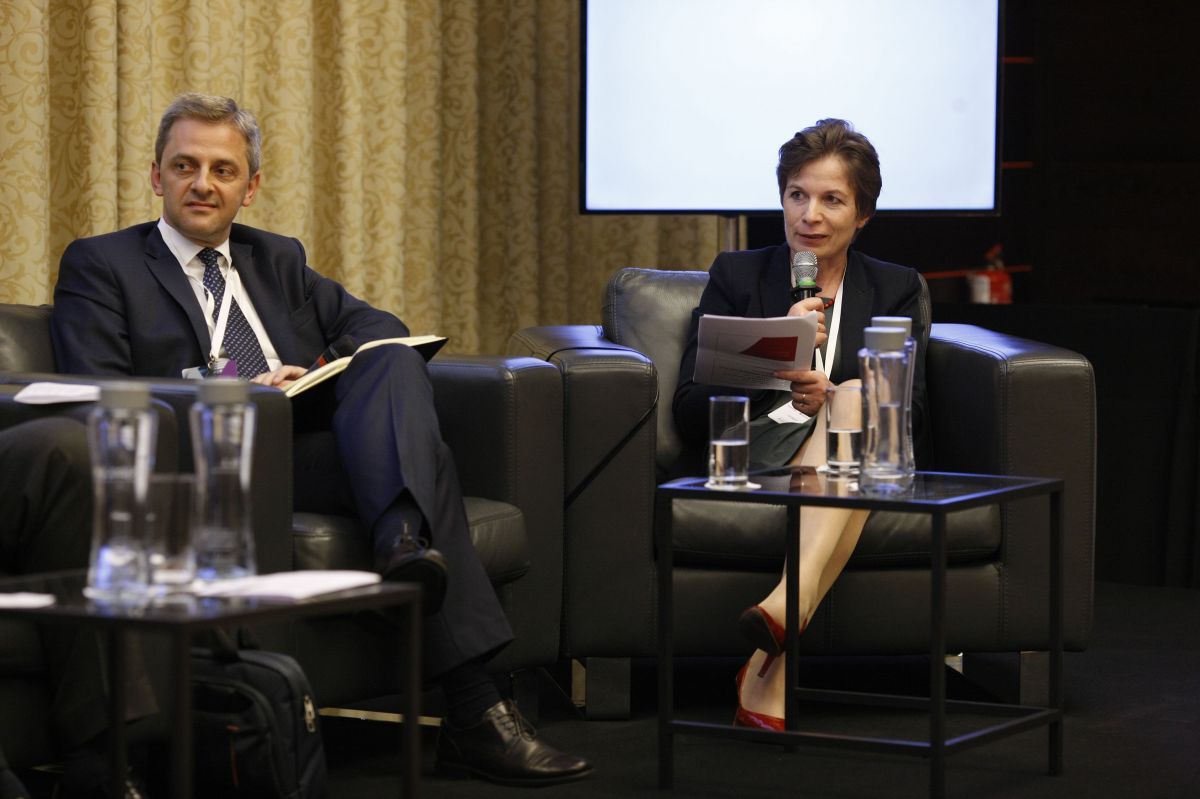



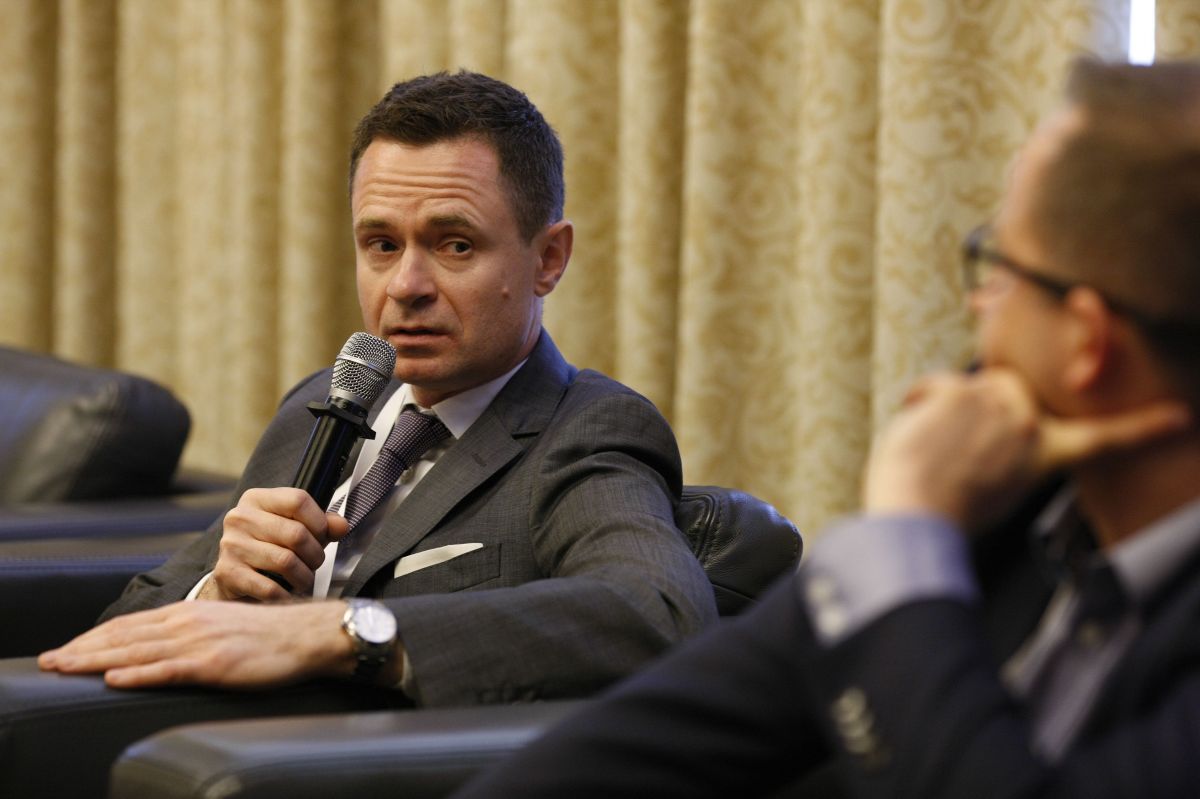
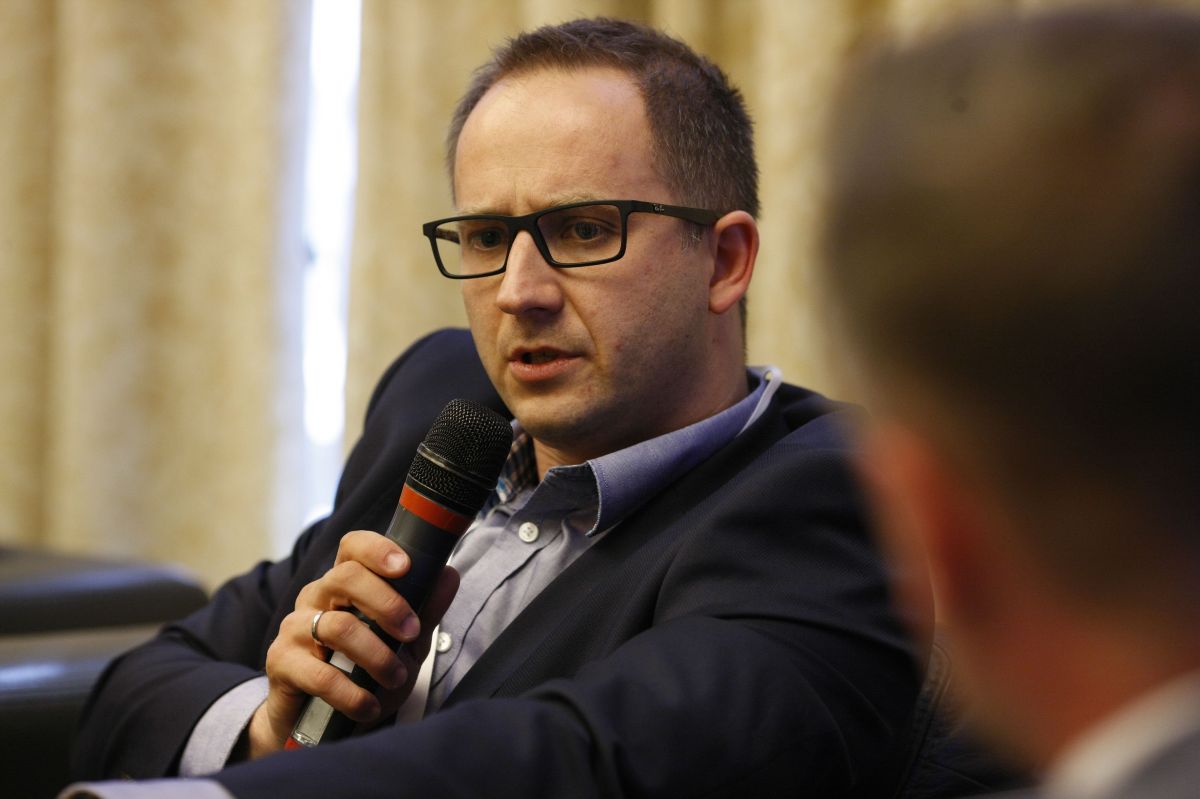

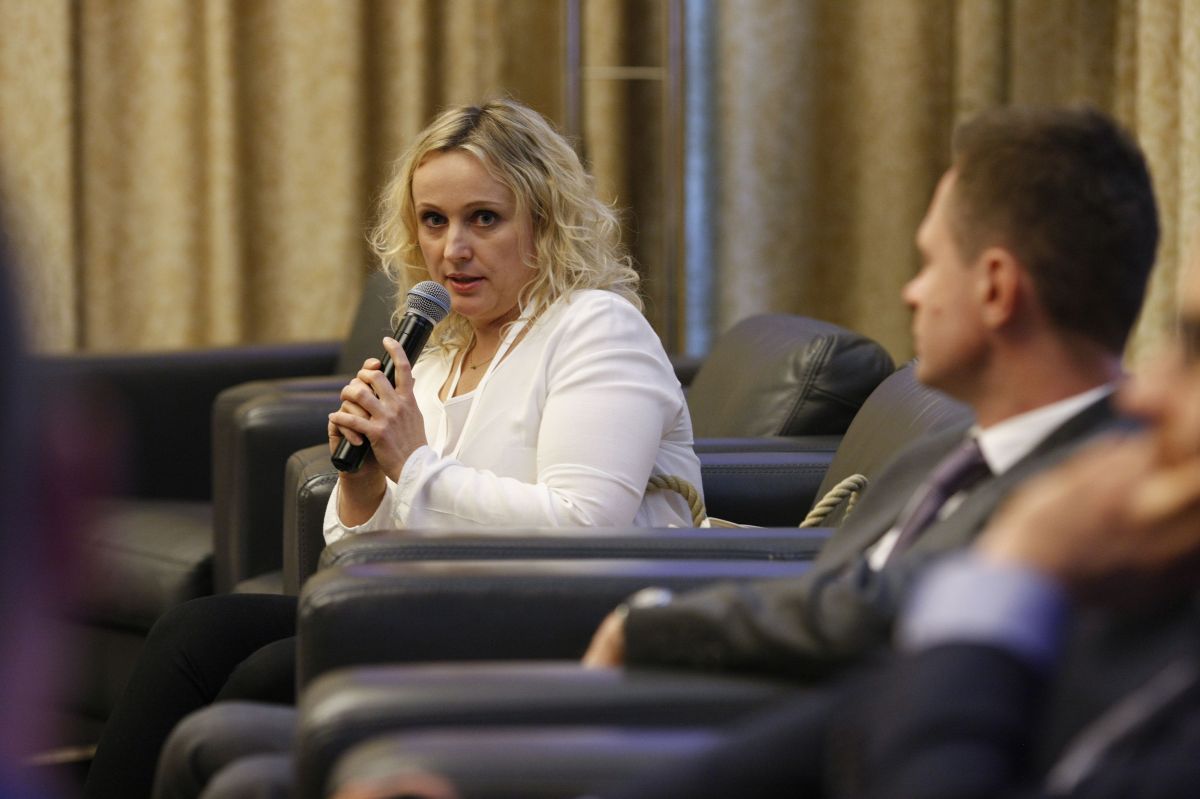

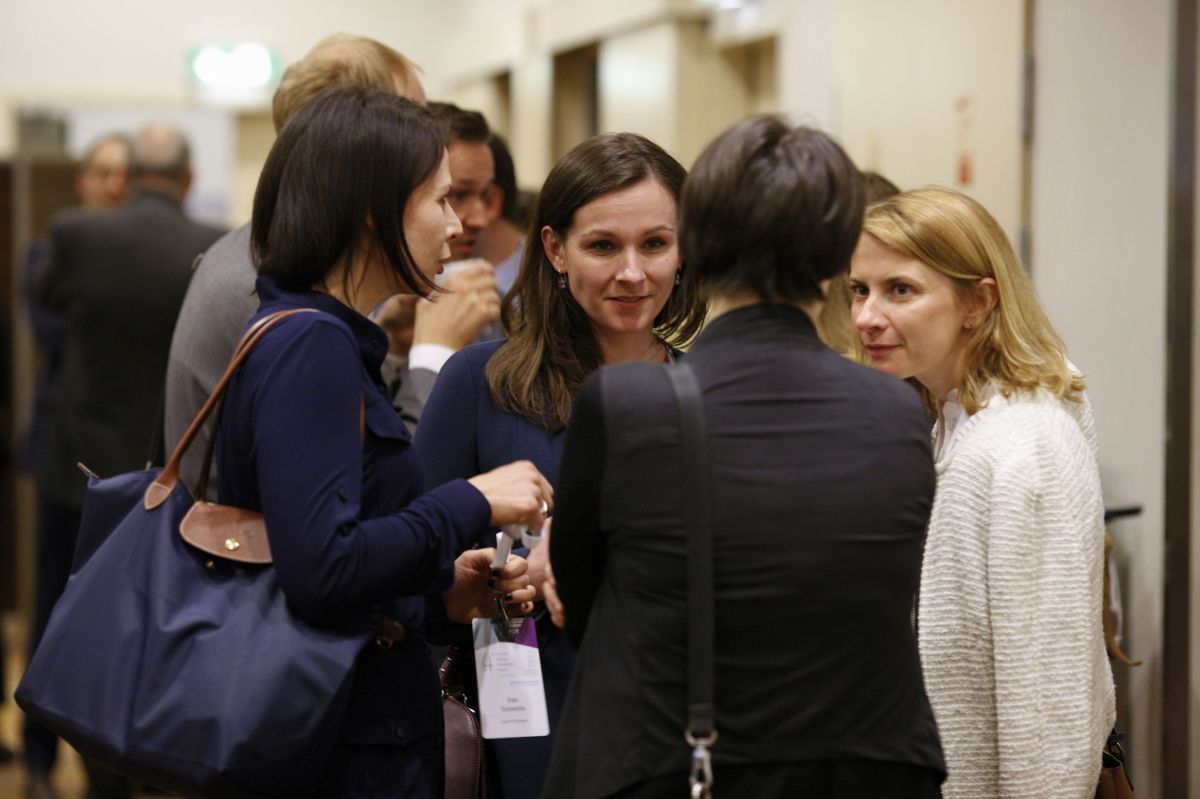



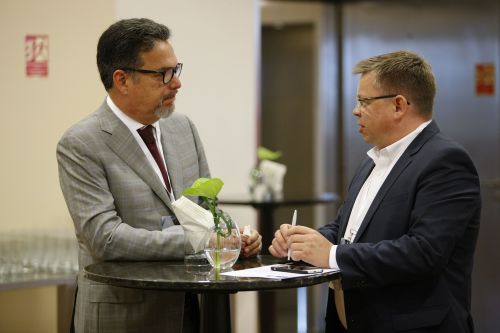



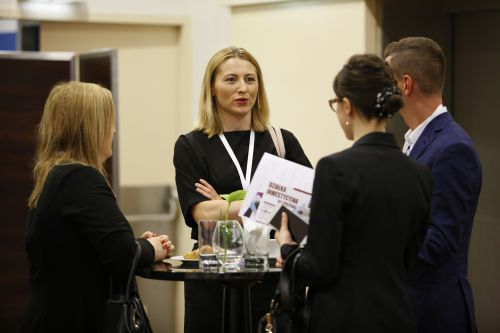



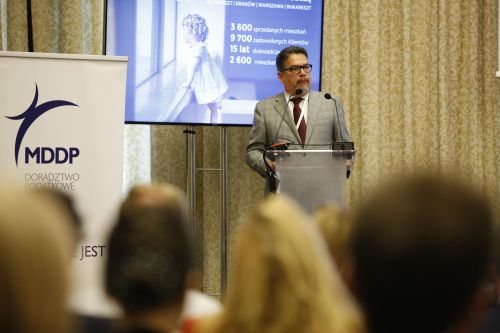
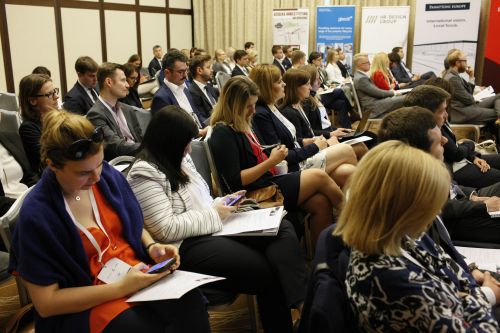
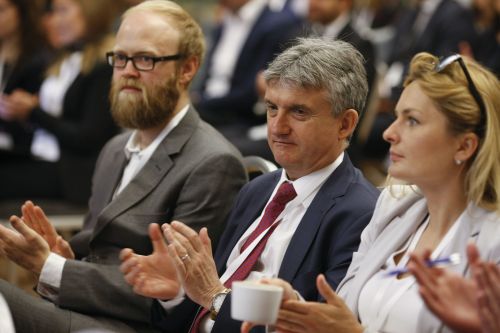
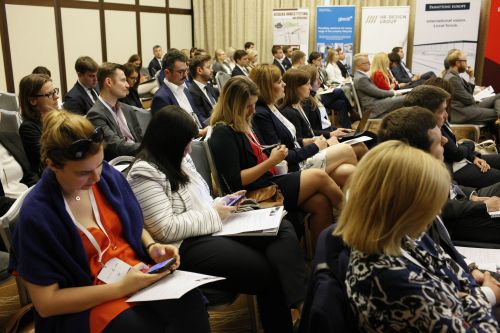

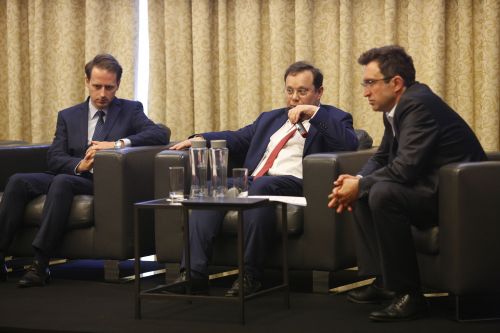



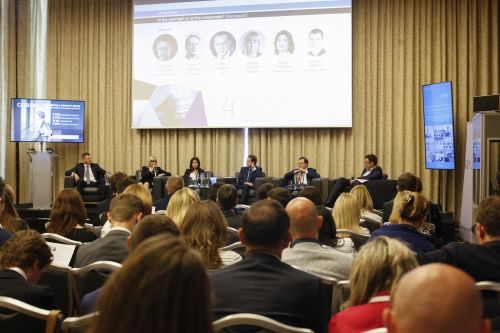

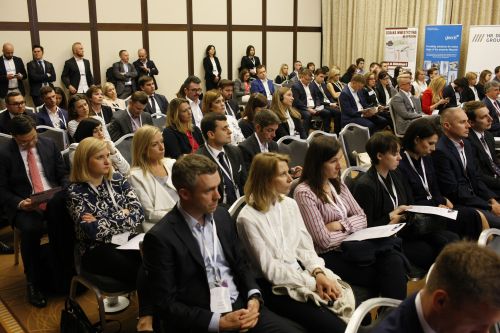

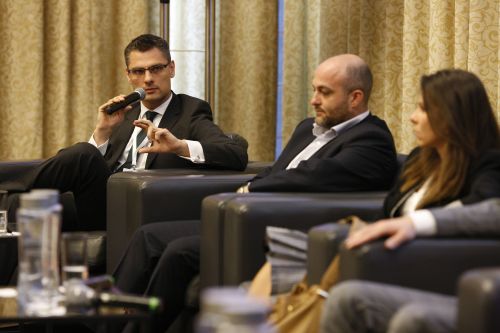


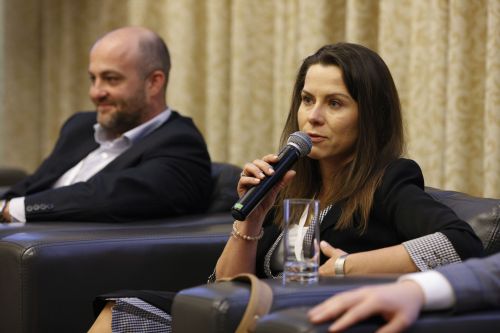

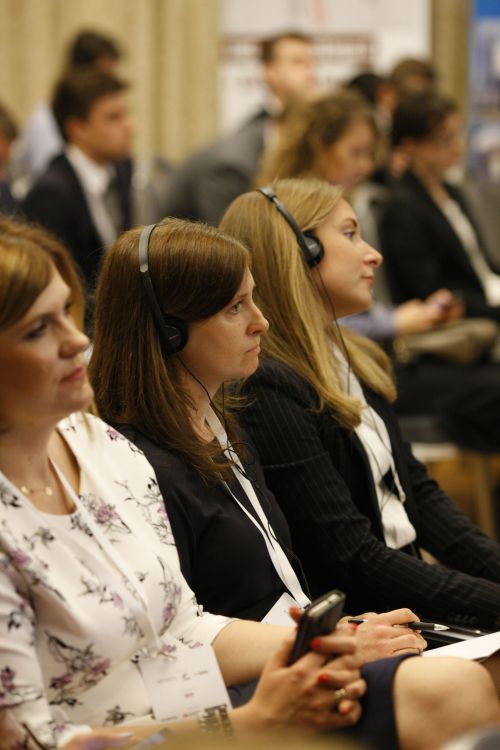


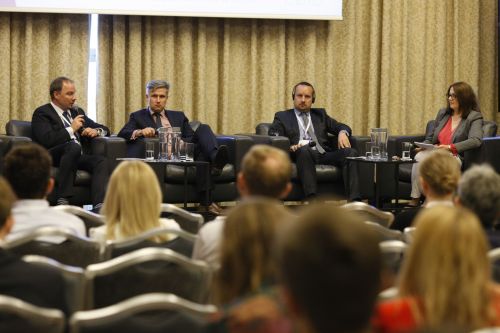
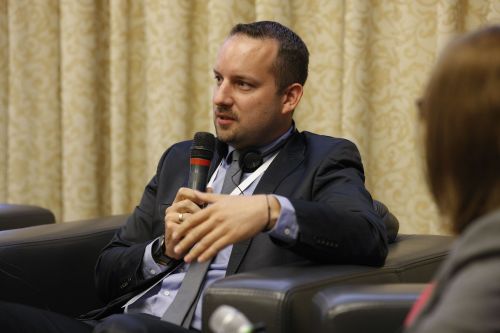
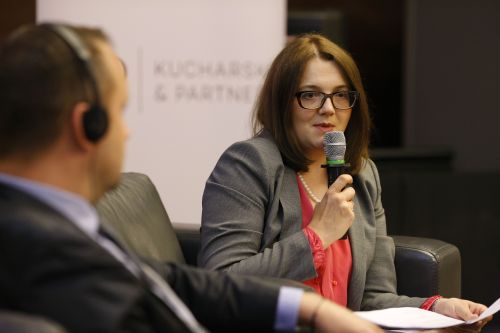
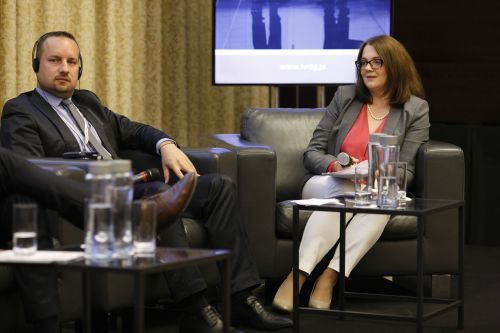
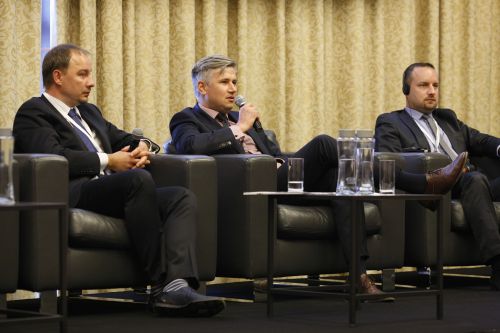
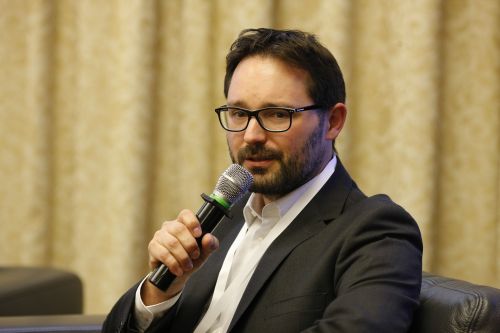
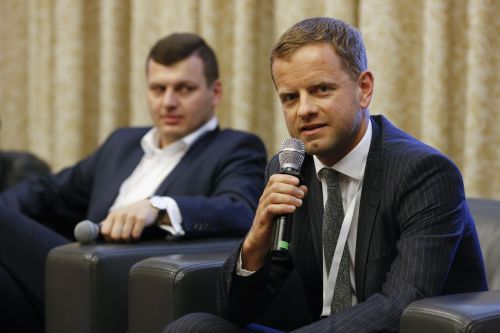

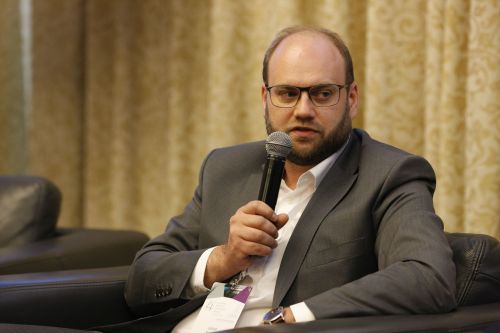

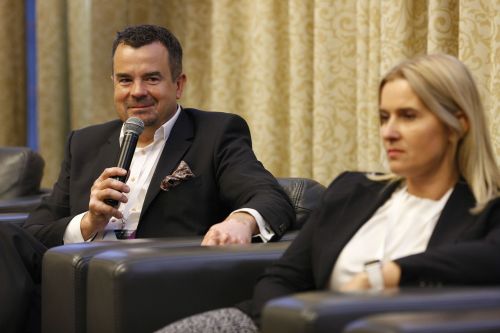


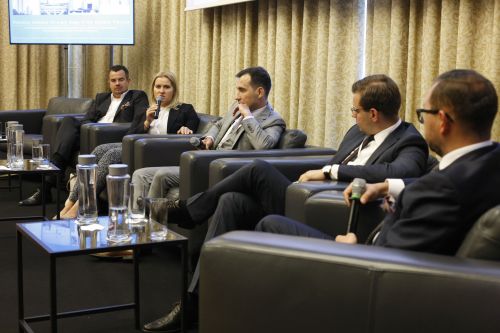
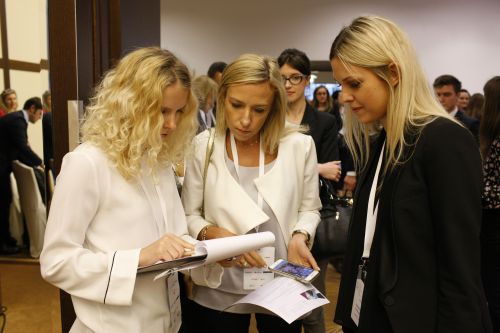

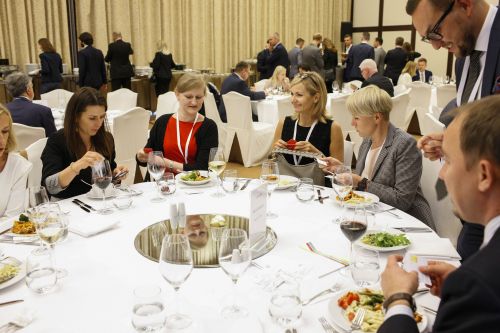

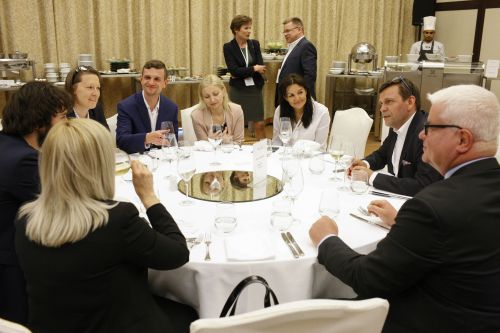




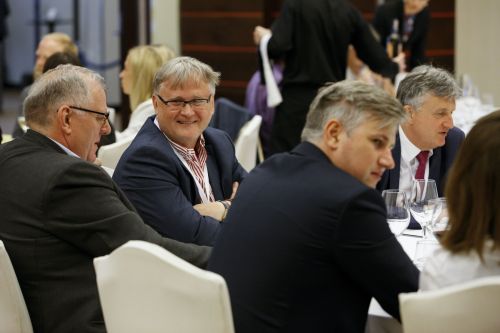

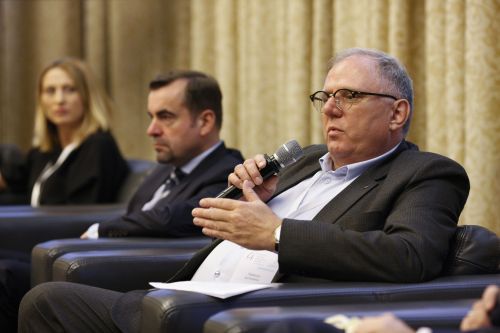



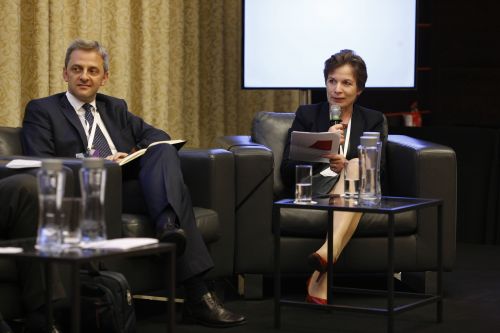



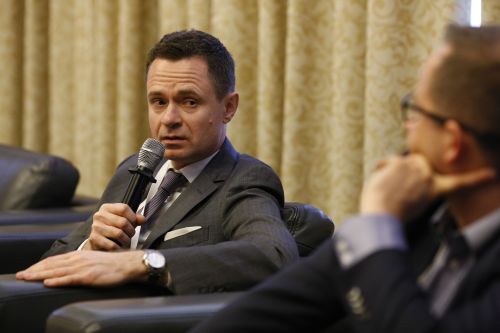
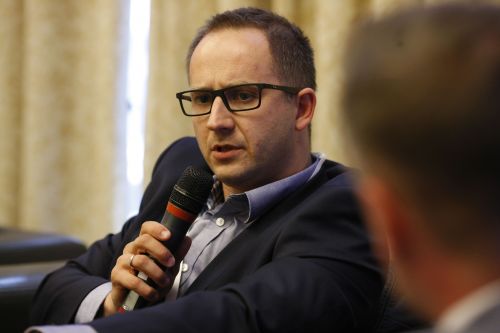

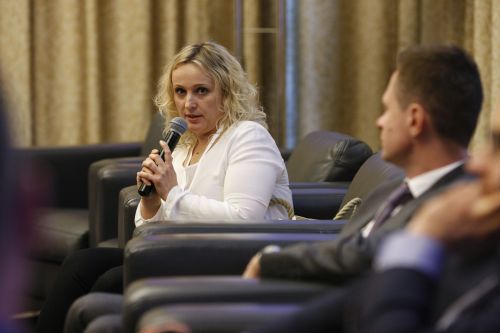

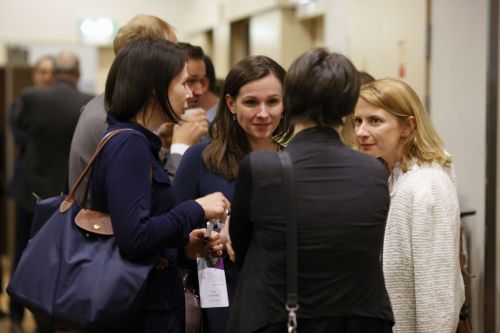



Poland in the spotlight
The investment attractiveness of Poland remains high. However, what are the prospects for the development of the real estate market in the context of the continuing GDP growth, increasing consumption and strong industrial activity? These and other questions were answered by the experts and panellists at the conference.
The 4th Invested Interest – Investment Market Conference began with a presentation by Carlos E. Piñerúa, the director of the World Bank for Poland and the Baltic States, in which he laid particular emphasis on demographic issues. “Just like many other countries in the world, Poland is struggling with a decrease in the availability of labour. Its population is aging. The proportion of older people will increase significantly over the next few years, as it will in about 75 pct of countries across the world. So where will the employees that we need come from? Who else will make the money for our pensions?” he was asked. “Robotisation might be a partial solution,” he added.
The first discussion at the conference was devoted to the position of Poland on the international investment arena. “Our geographical location adds to our investment attractiveness. The size of the market and the strong growth of the economy are also important factors. We are also lucky that we started late, so the product that is appearing in Poland is more thought-out. Our properties are of high quality. We have noted particularly strong activity in the hotel sector, which has had a limited supply until now. The logistics market is also growing rapidly. We are not behind in terms of the more classic asset classes – offices, shopping centres and logistics facilities. Furthermore, we expect this to be another record year and the investment volume of Polish real estate should exceed EUR 5 bln,” predicted Piotr Piasecki, the director of the financial consulting department and head of corporate finance at JLL.
The market spreads its wings
Participants of the conference also pointed out that there is a lot happening not only in Warsaw but also in regional cities. There is still much to do, especially in smaller locations. “What are investors’ perceptions of regional markets?” asked Krzysztof Misiak, the head of regional cities in the office agency at Cushman & Wakefield and the moderator of the ‘The Third Tier is Near’ panel. “In small towns like Bydgoszcz, Toruń, Rzeszów, Opole and Białystok, there are only a few modern class ‘A’ office buildings. These are generally projects built with Polish capital, whose investors are overwhelmingly from the residential sector. So they have a historical background and collaterals in real estate. We are aware, however, that these markets are too shallow to expect investors to buy such office buildings. What is needed is a completely different approach to financing. We look not only at the project itself but also at the developer’s history, the company’s experience, its financial stability and the possible safeguards,” revealed Anna Oleksy, the director of the commercial real estate funding department of Deutsche Bank Polska.
The panellists devoted a great deal of attention to alternative projects. The private student halls market in particular has now become intriguing enough for the real estate banks to look at it with greedier eyes. “We have a large, stable portfolio of financed real estate, which is largely focused on offices, warehouses or shopping centres, but we are always looking for new opportunities. One of the niches we have been looking at for some time is the private student halls market. The data for it has been very promising. Although it is in a very early development stage, we can see a lot of potential in it,” insisted Michał Miecznicki, the director of the debt financing department at Bank Zachodni WBK.
Investors are also focusing on alternative assets. “Centres for senior citizens, aparthotels and apartments for rent are relatively new and specialised asset classes – not only in Poland but also throughout the world. You need to understand this business well. Due to the significant yield compression, investors are, however, more inclined to look at such properties,” explained Kamil Kowa, the director of the capital advisory and valuation department at Savills Polska.
Investors are not giving any less attention to rental apartments, either. Nevertheless, for such a product to be successful, it has to be properly thought-out. “We start from the client. As is the case with offices, which are built around the tenant, in our segment the starting point is the buyer – and this could be a young single buyer, a family, an expat, etc. This determines the format of the apartments. In the shorter term, it is easier to rent smaller units, but larger apartments are being rented in the long term. The finishing is also very important – funds will not buy an unfinished product. It is also important that the facilities are technically sound,” pointed out Dariusz Węglicki, an advisor to the board of Catella Residential Investment Management.
The revival in almost all the real estate segments has one common denominator – it has led to an increase in the land prices for new projects. “There is a hefty amount of demand for apartments and offices, which means that the demand for land and investment areas is also high. Furthermore, the supply of plots from the state has dried up and there are limitations on selling agricultural land – including plots within city limits. All this has meant that the prices of the plots has increased by 30–40 pct in the last year or two. Construction costs have also increased. Therefore, there is less and less scope for developers to have healthy margins. This is a problem that does not only apply to Warsaw but also to regional markets. We are at a time when the cycle of easy and simple investments has ended. The risks, therefore, have to be factored in. They need to be identified, quantified and addressed,” cautioned Karol Dzięcioł, the purchasing director of Echo Investment.
The environment changes
The real estate professionals at the conference also pointed out the challenges associated with recent radical changes to the legal and tax environment. “The last few months and years have seen a many alterations in this area, which businesses now have to deal with. The amendment to minimum tax could be a significant issue for the logistics sector. It is not yet applicable to warehouses, but it does give us a good example of the speed of tax changes – in January this was incorporated into the corporate income tax act, so it is still difficult for market players to estimate the real impact of these new regulations. Since April we have also been working on amendments to these regulations. These are aimed at extending them not only to retail and commercial facilities, such as office buildings and shopping centres, but also in principle to all other classes of real estate. Highly significant changes have also been introduced in the field of project financing such as the possibility of interest or purchased intangible services being included in tax bills,” added Łukasz Kosonowski, a partner in the transaction consultancy department of legal and tax advisory MDDP.
TSG





































